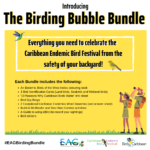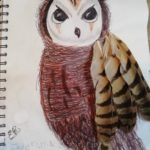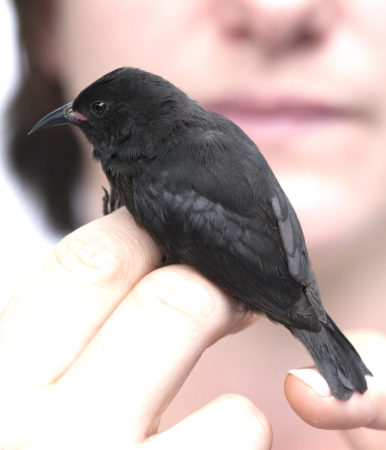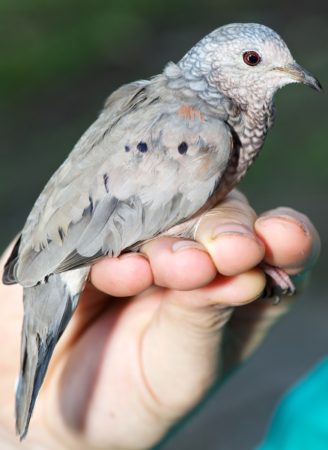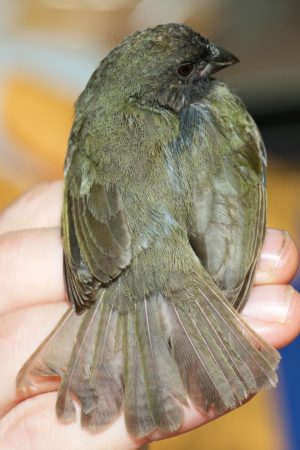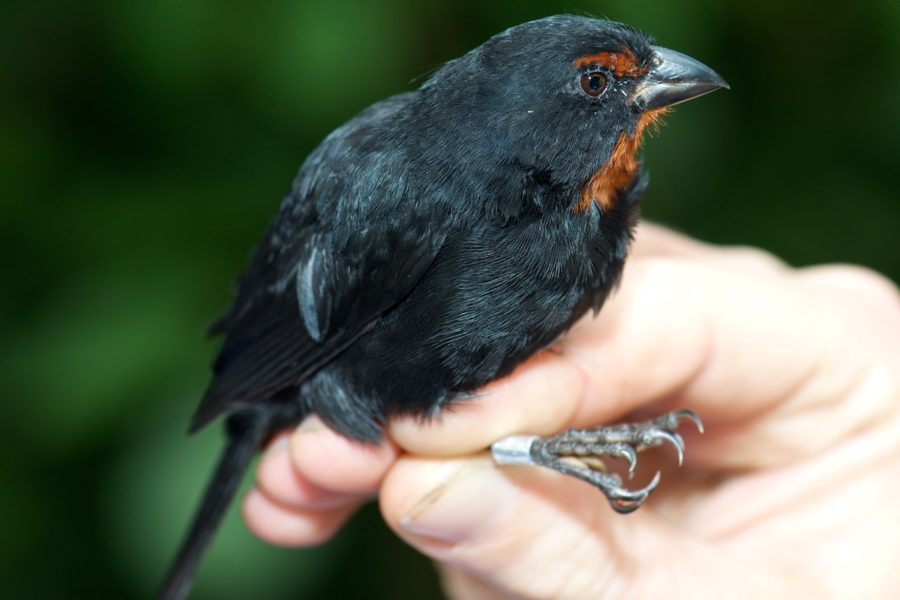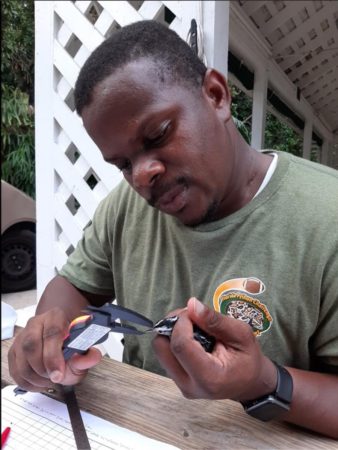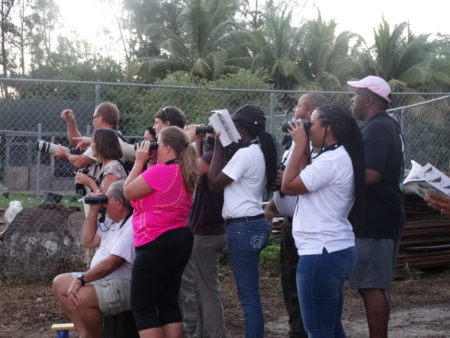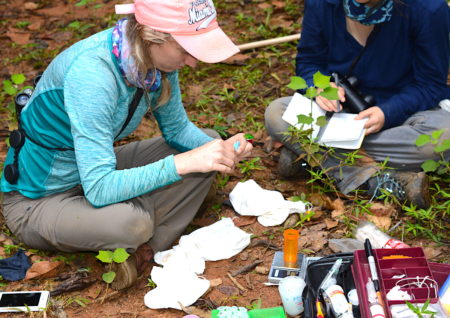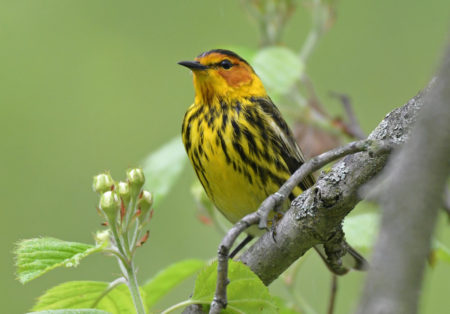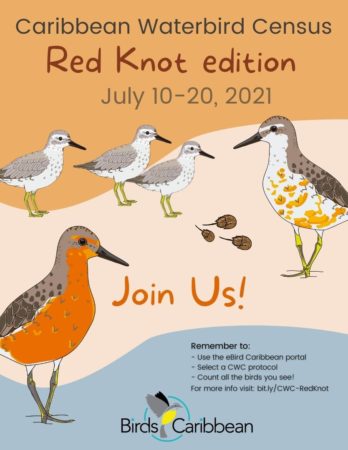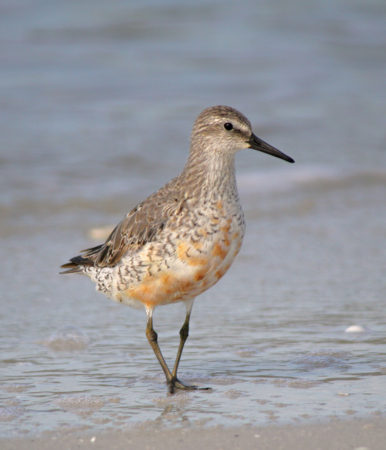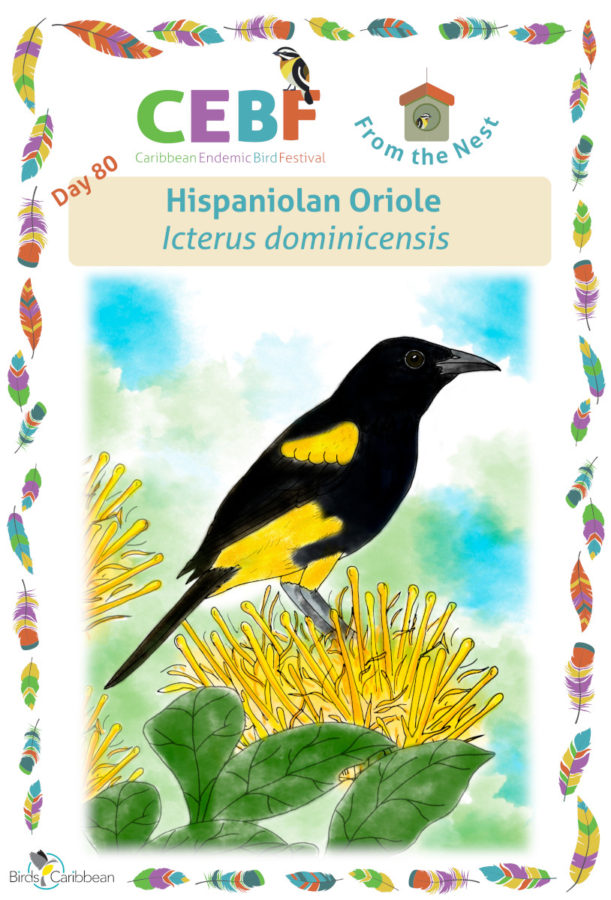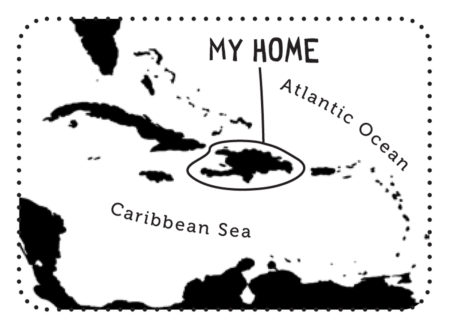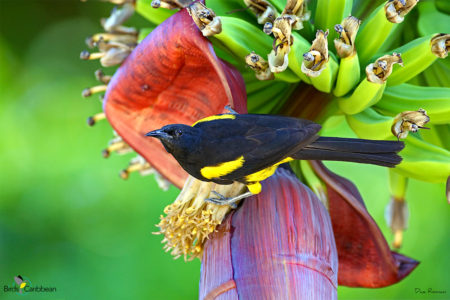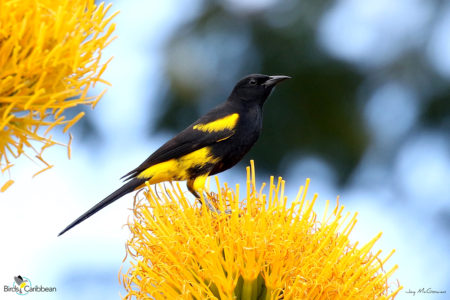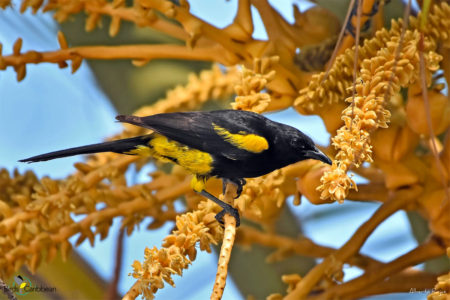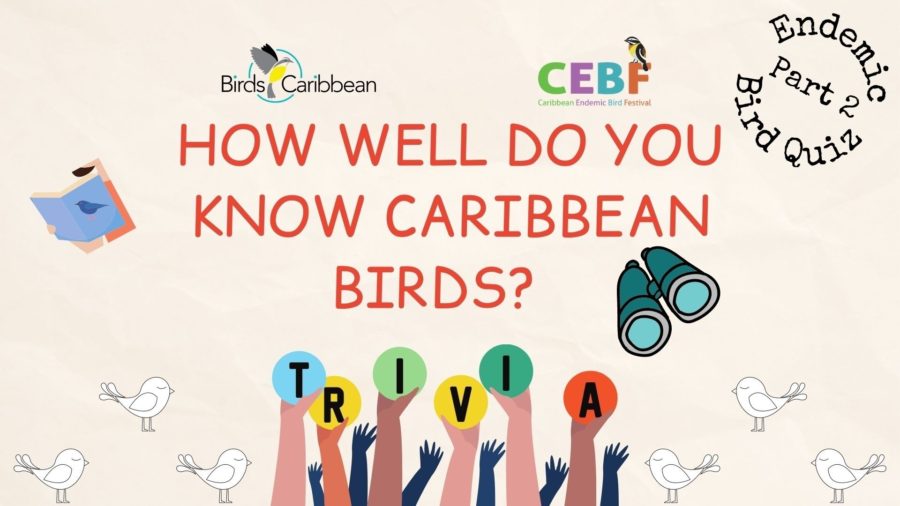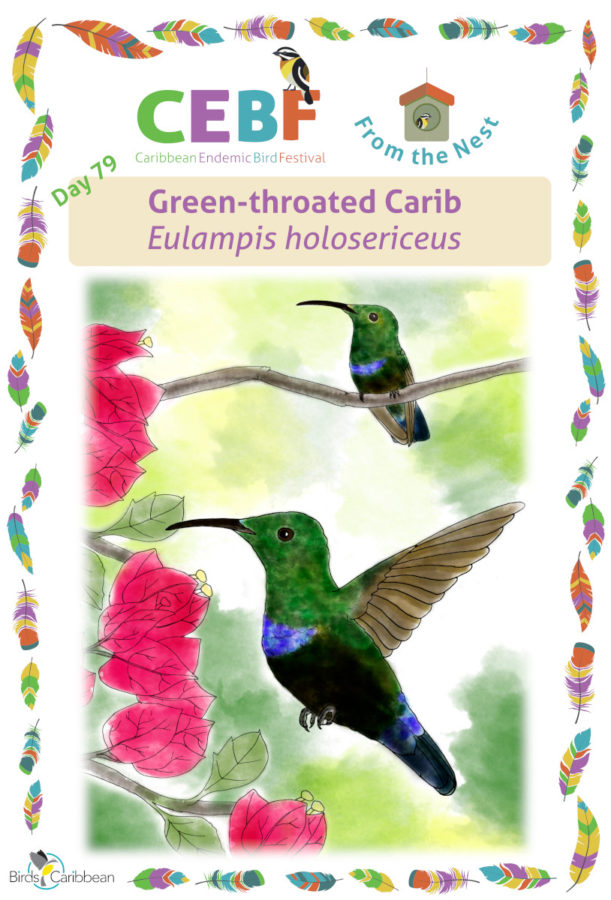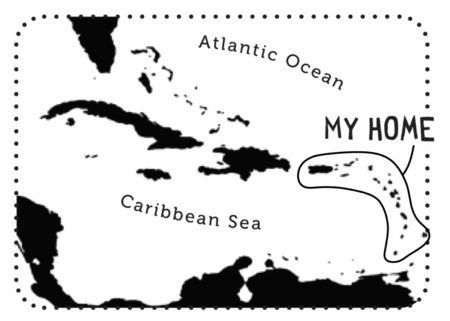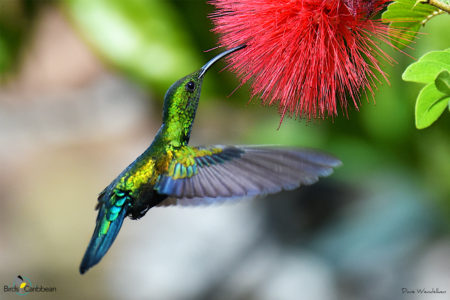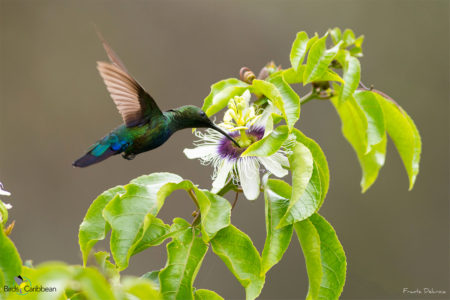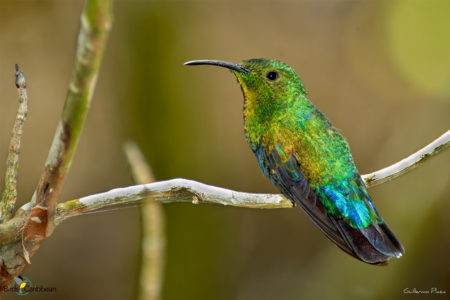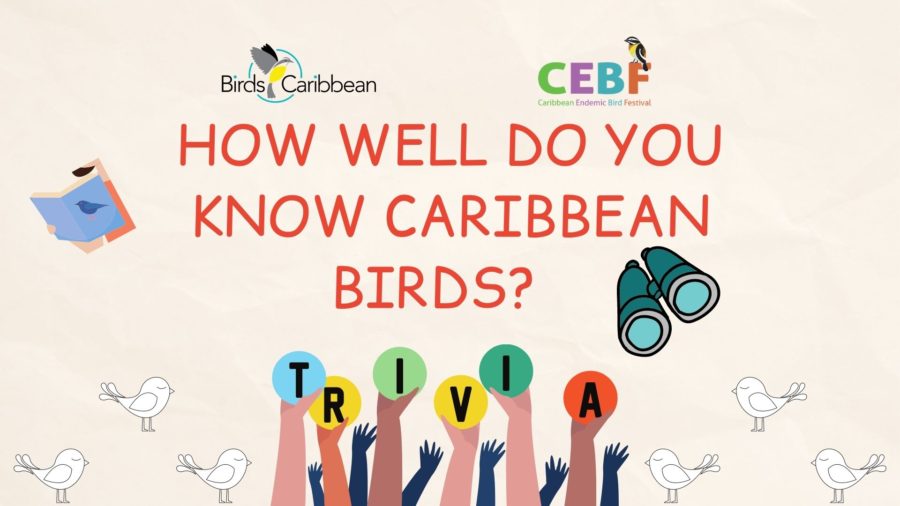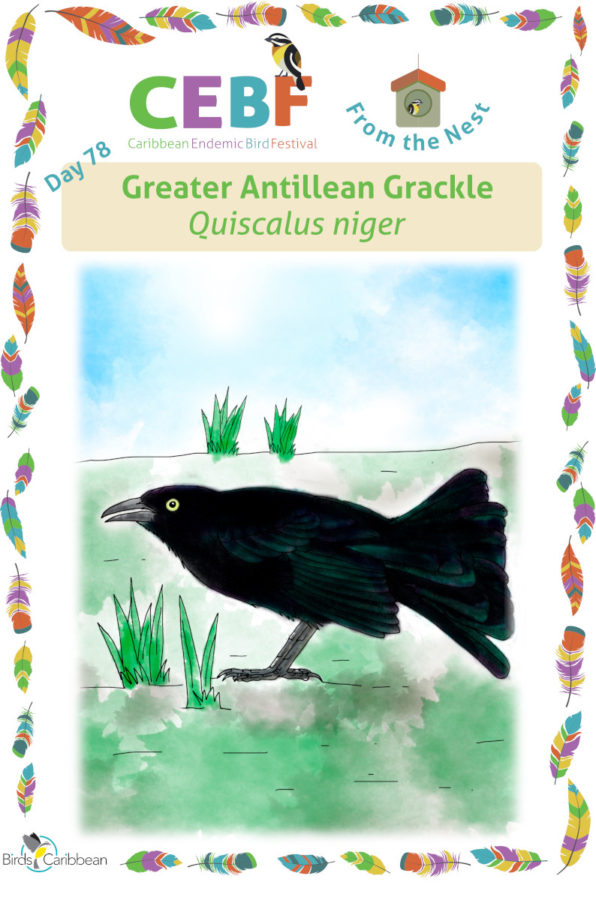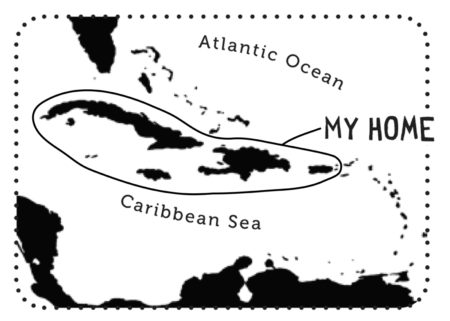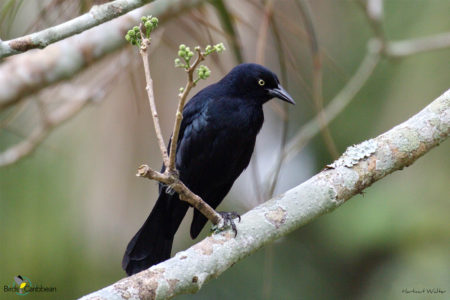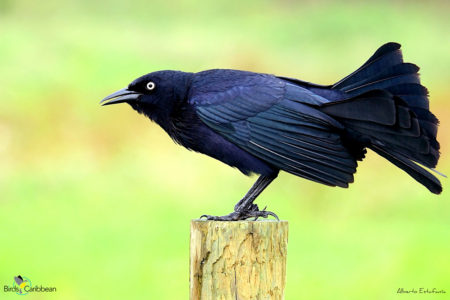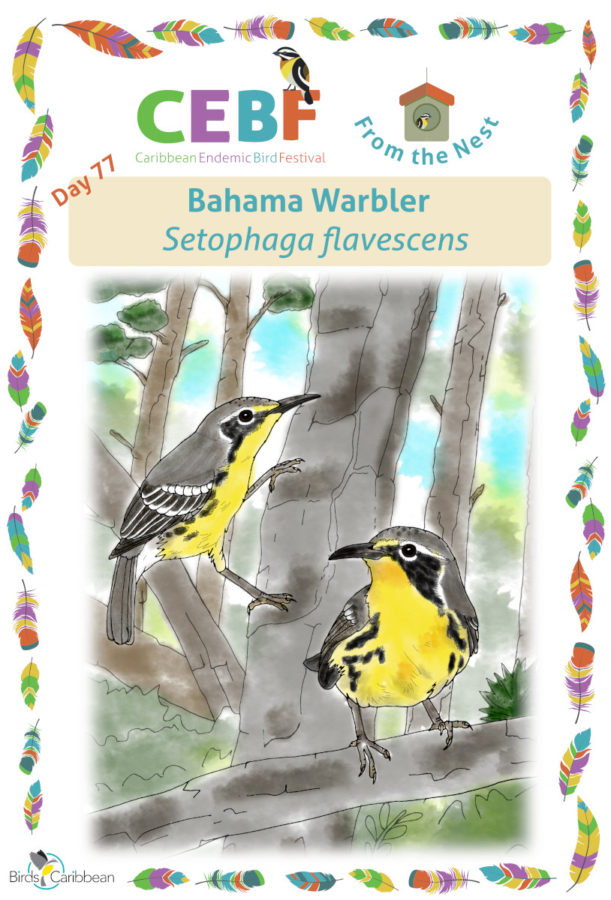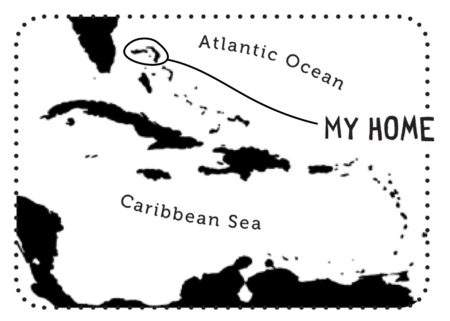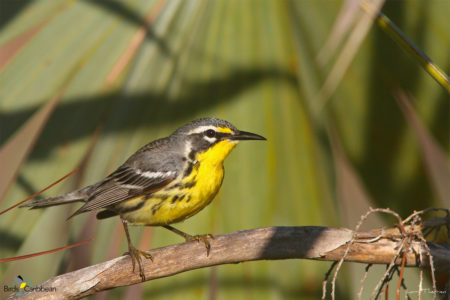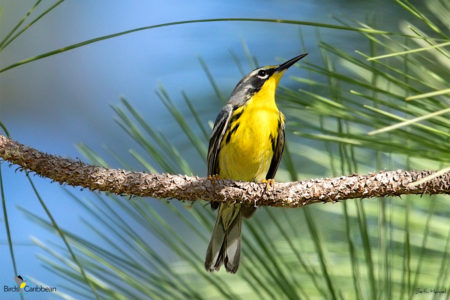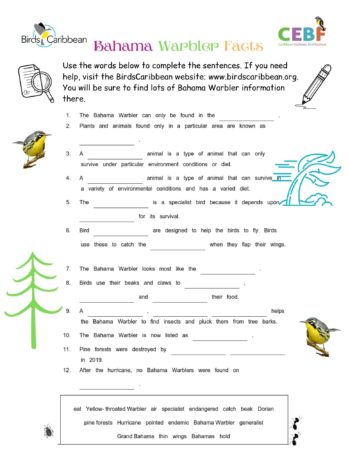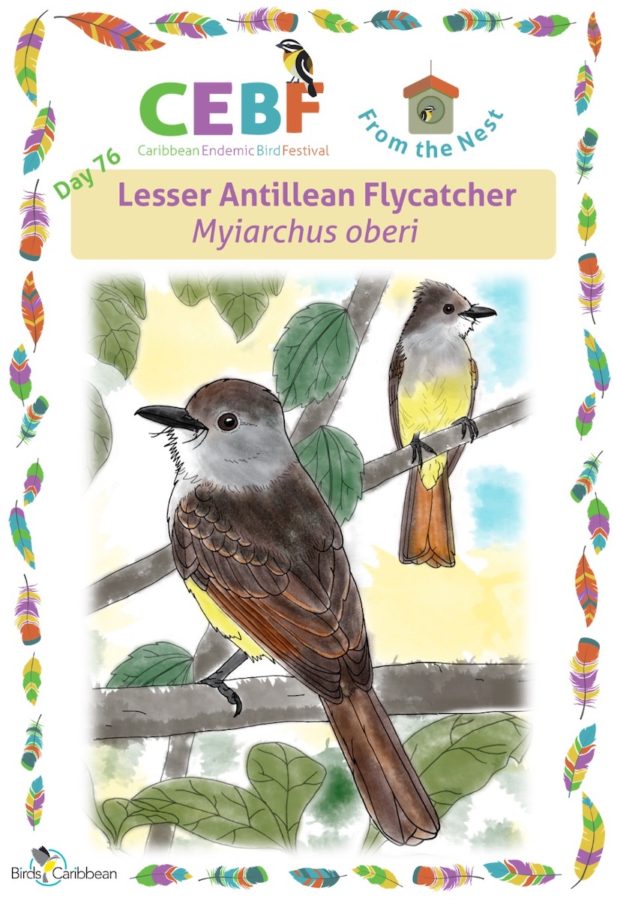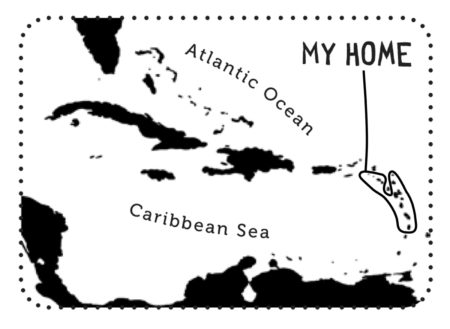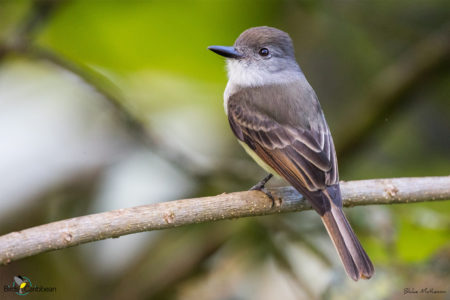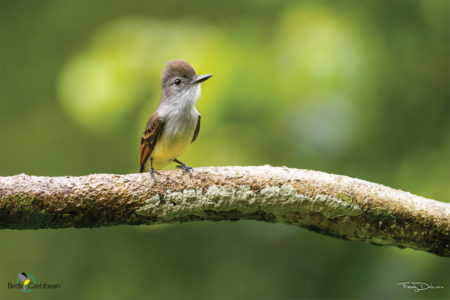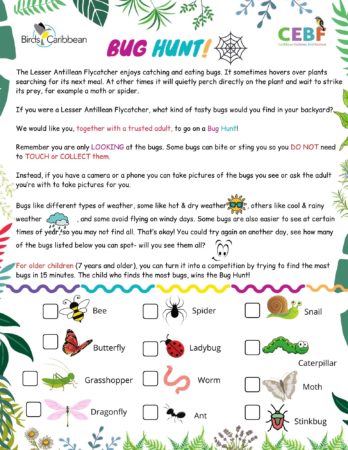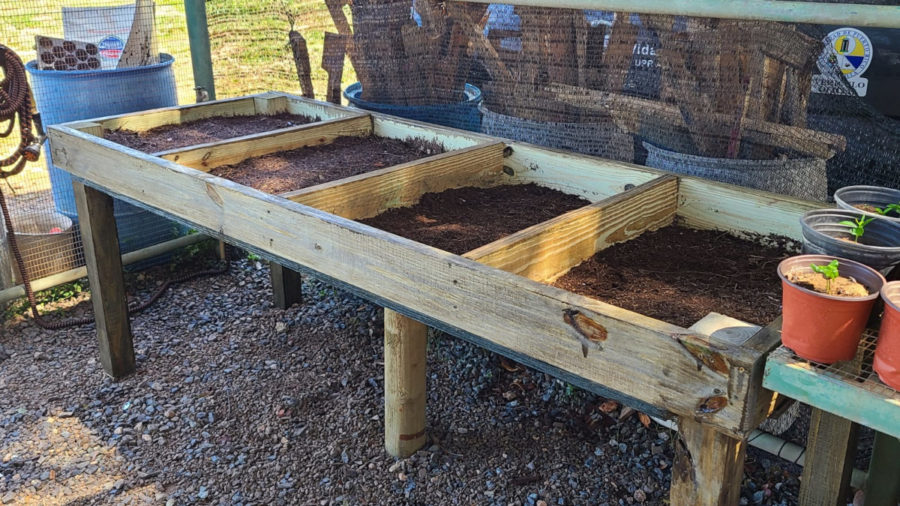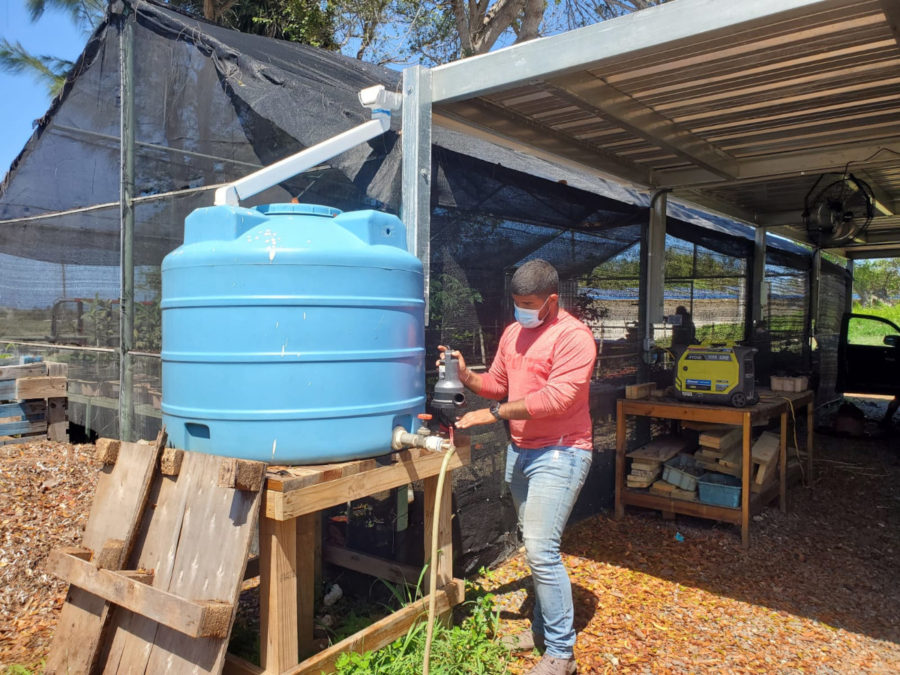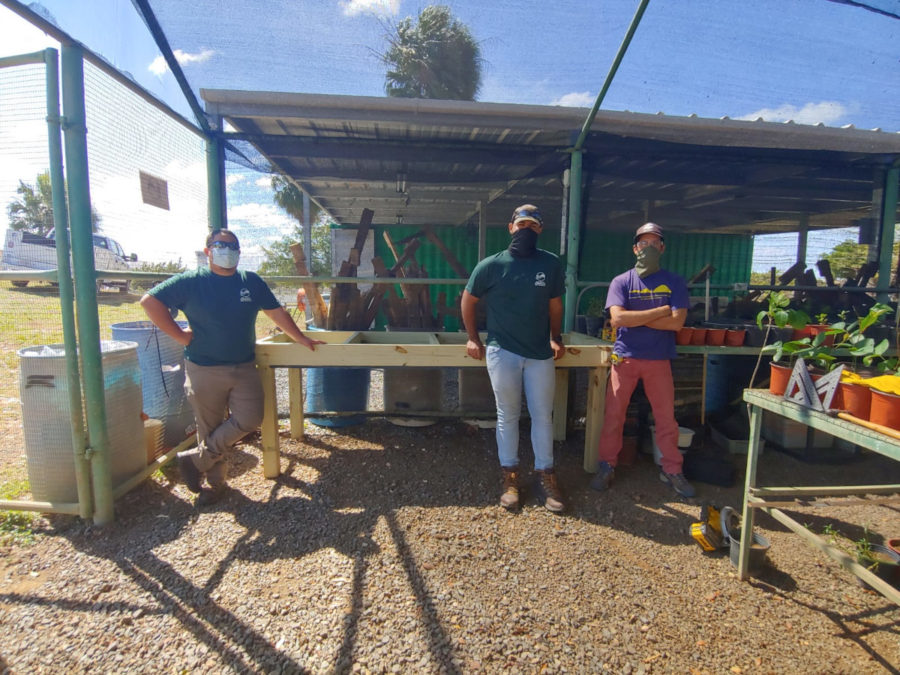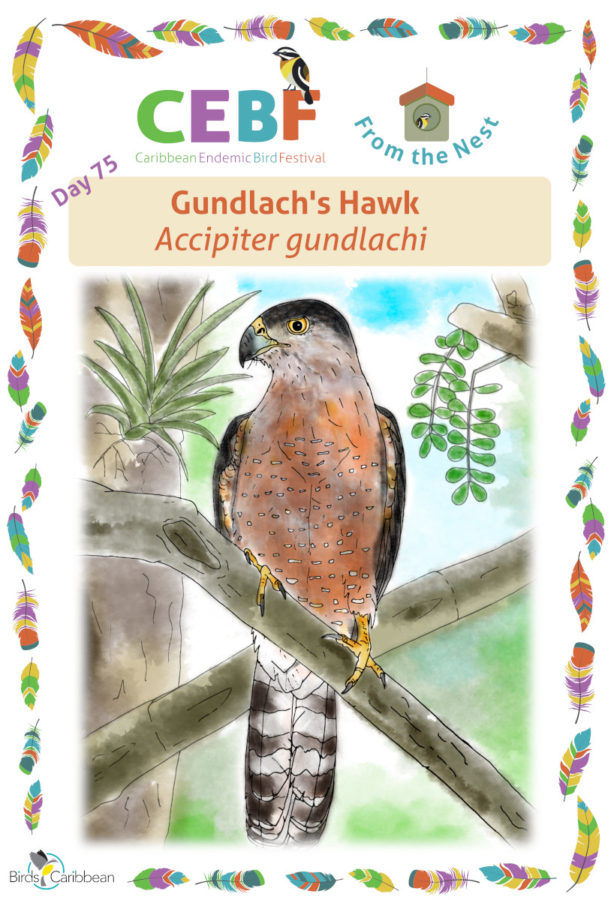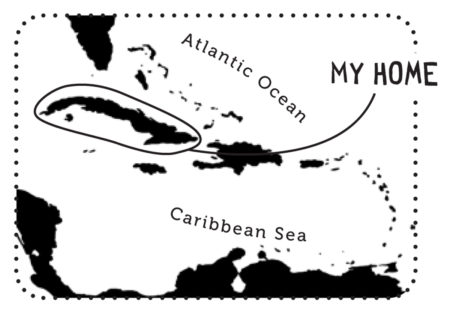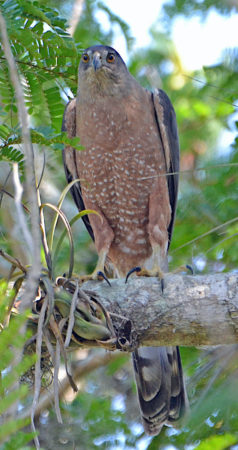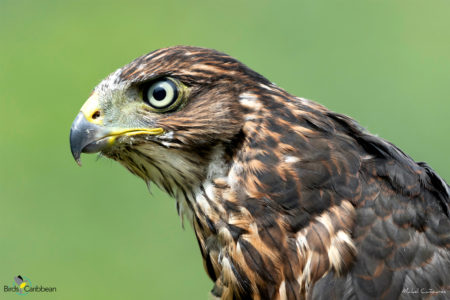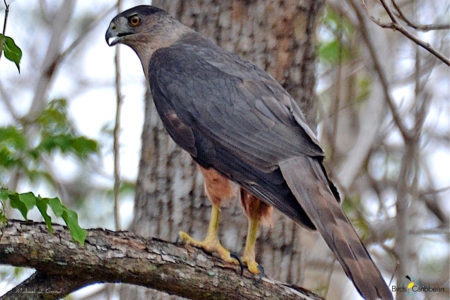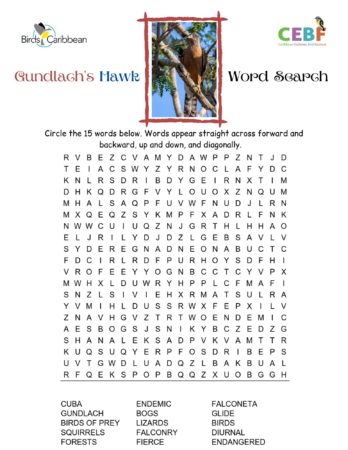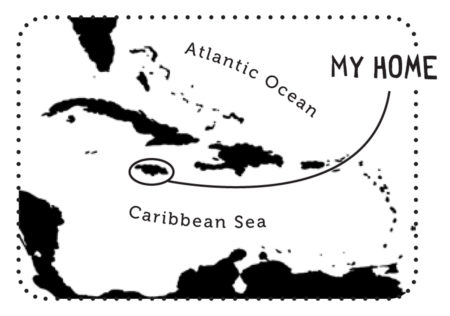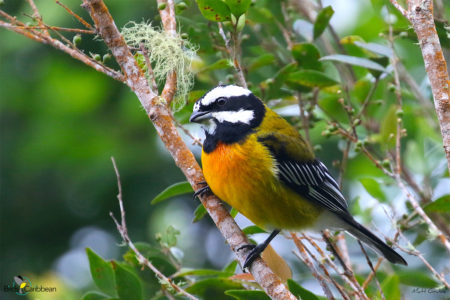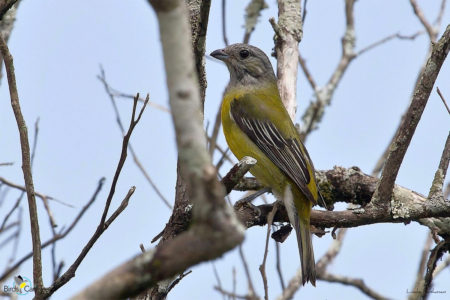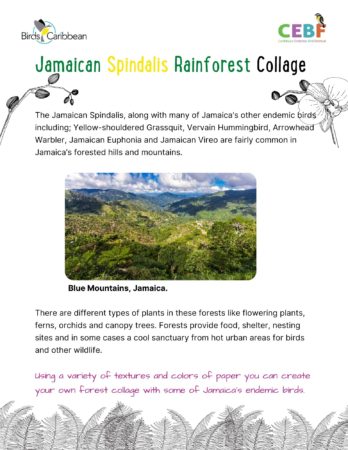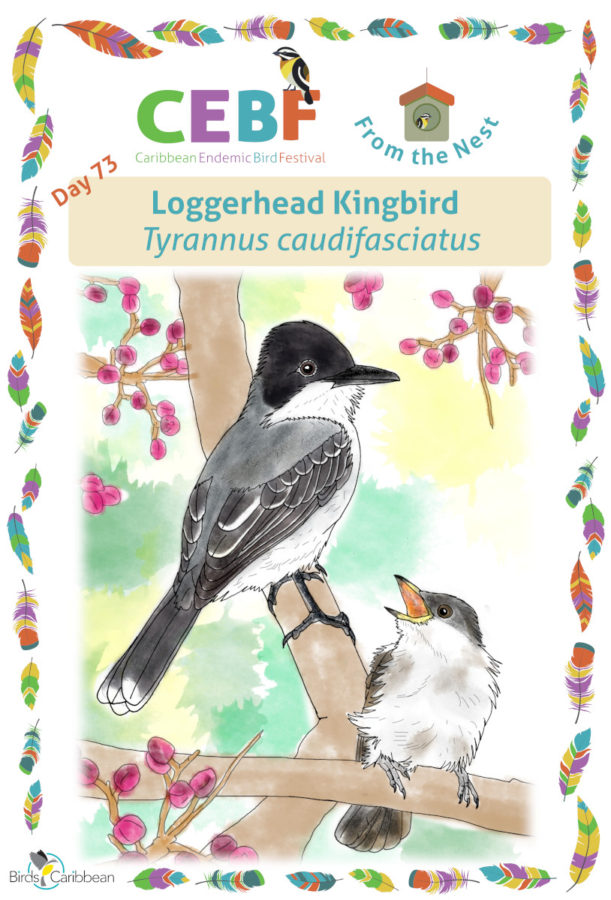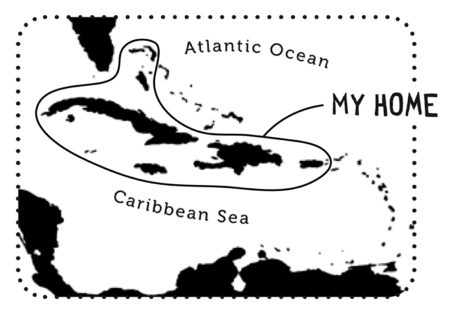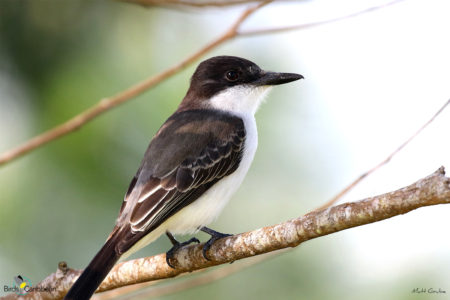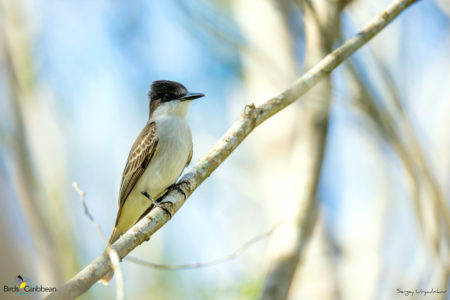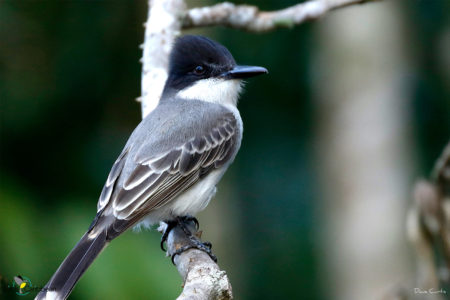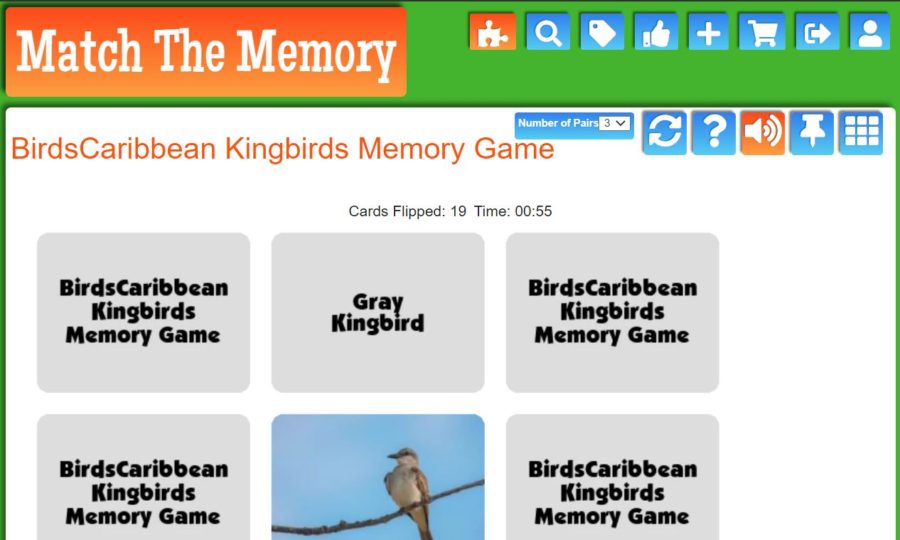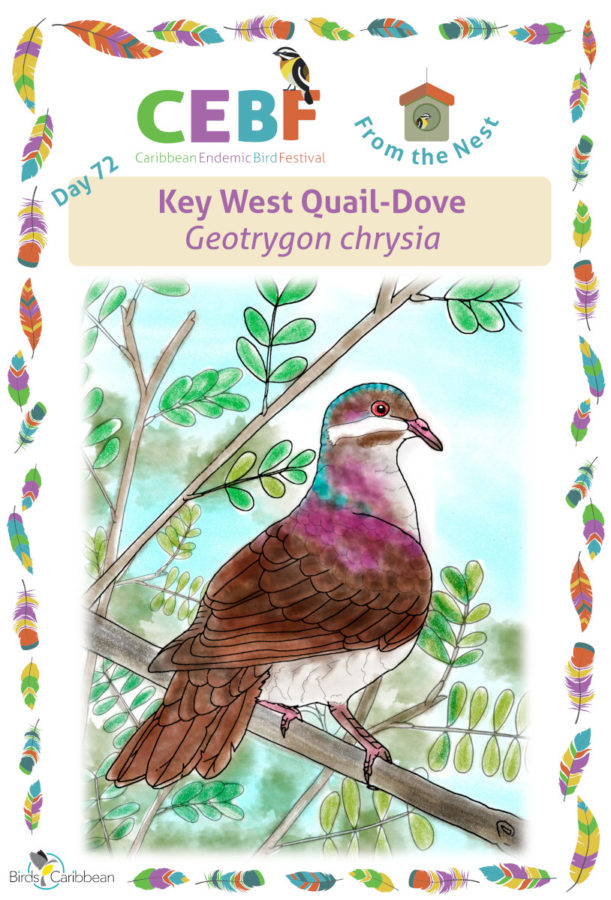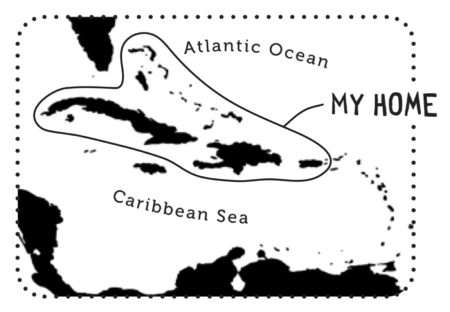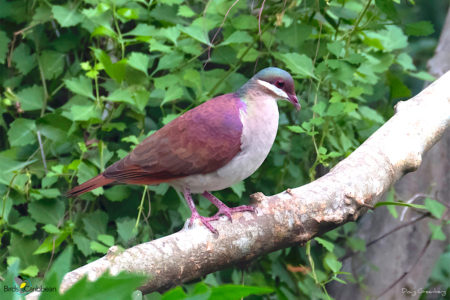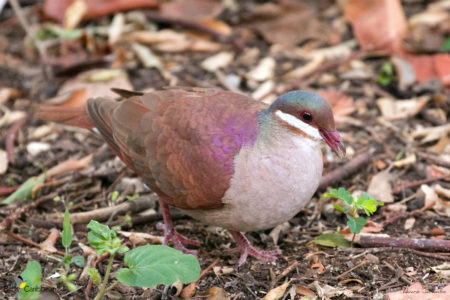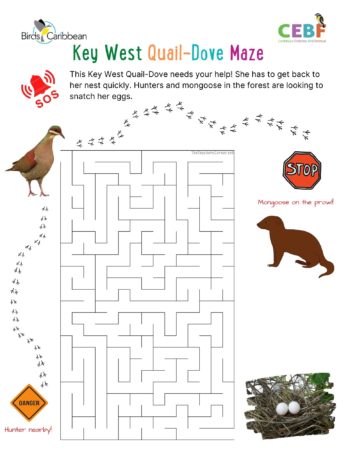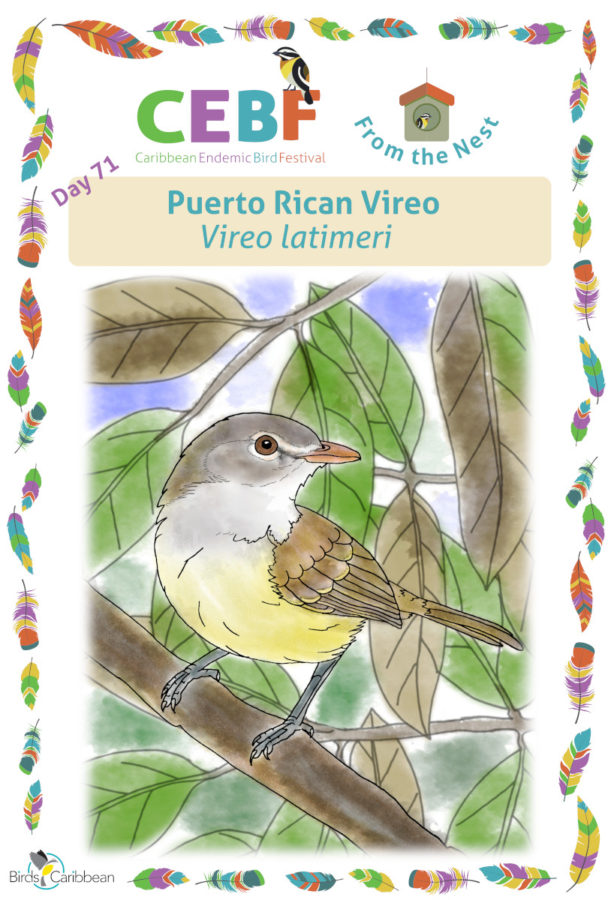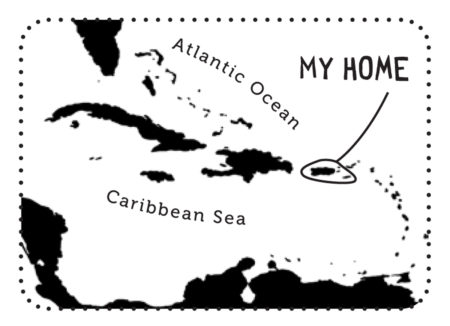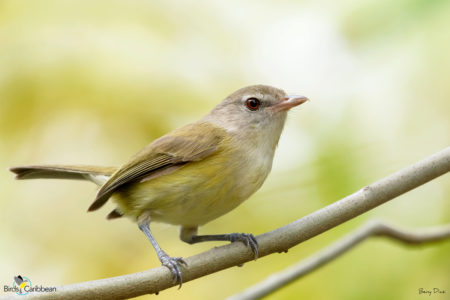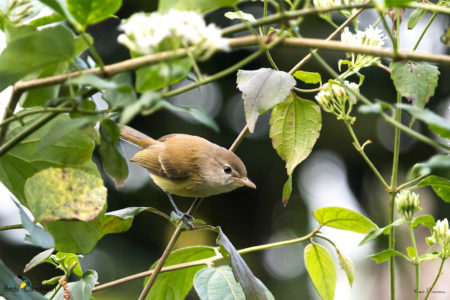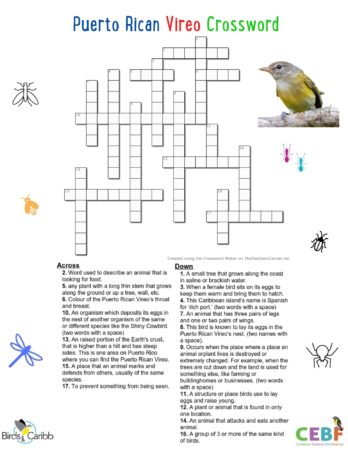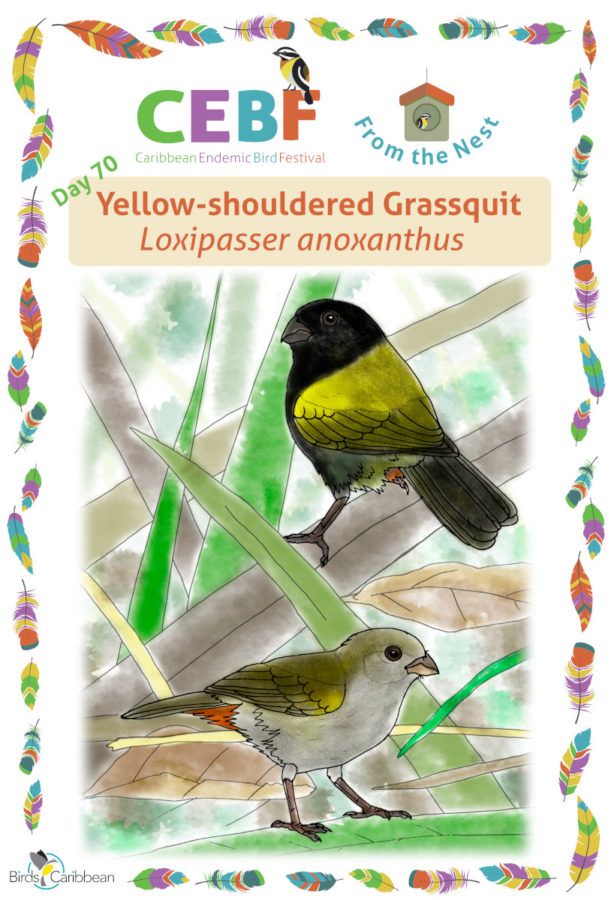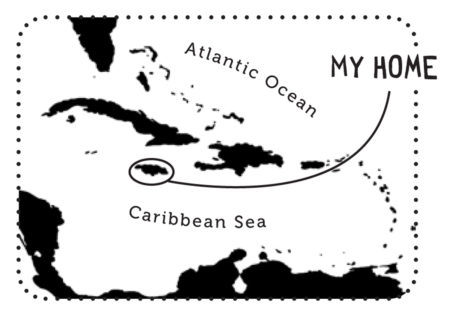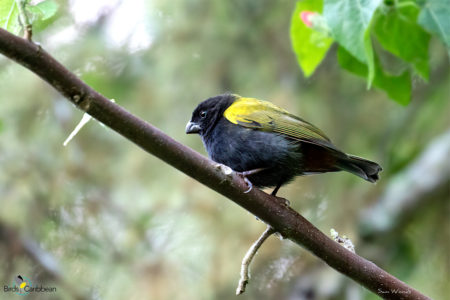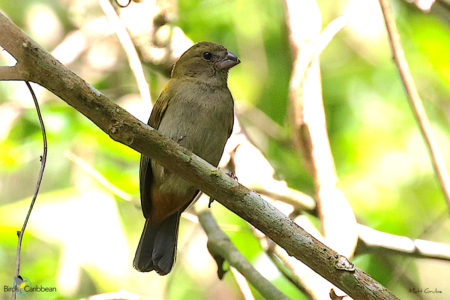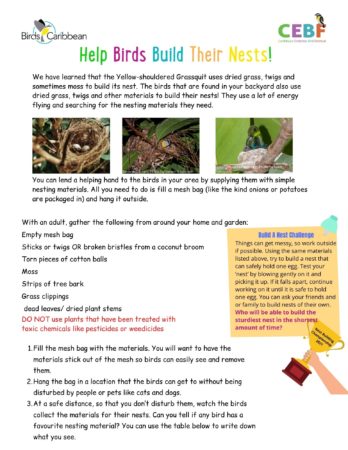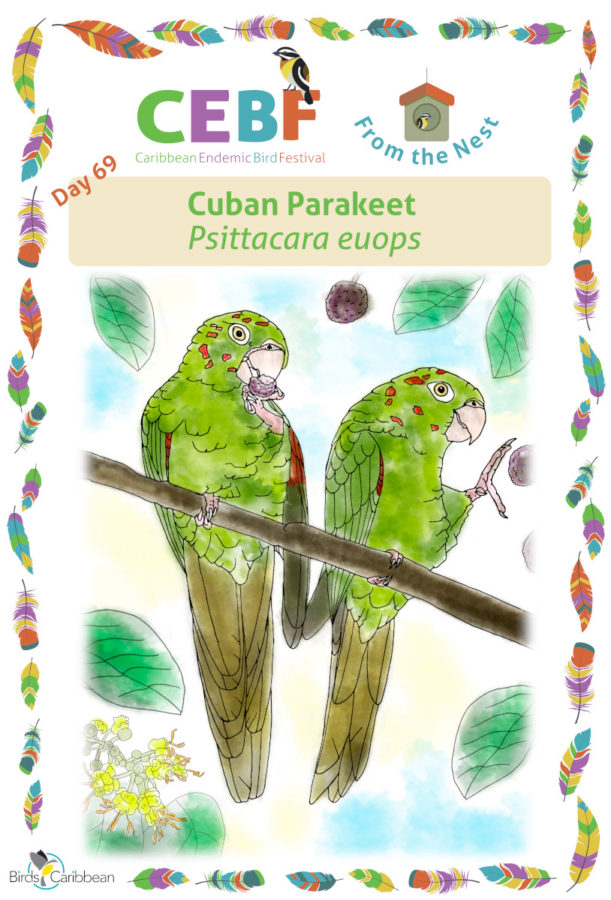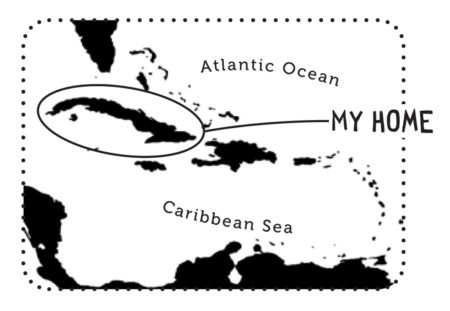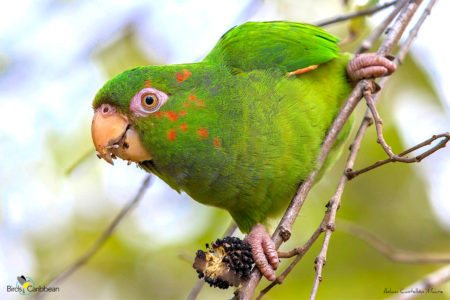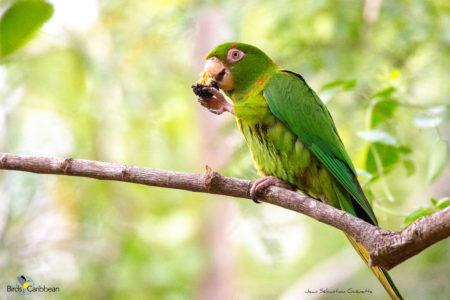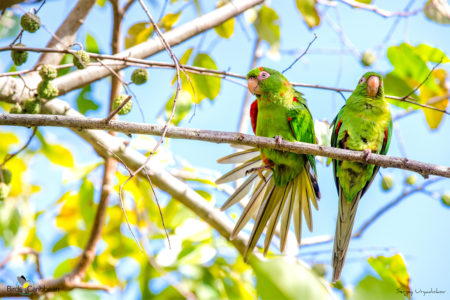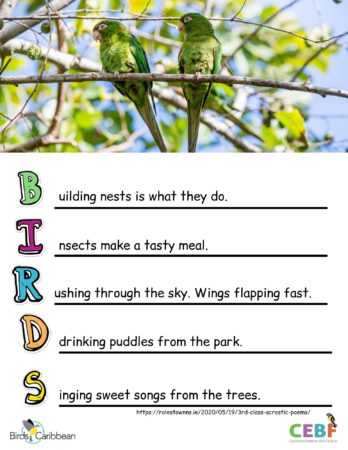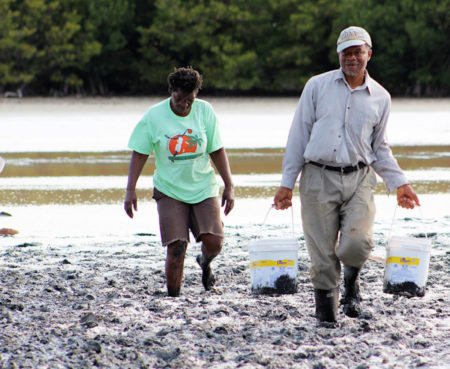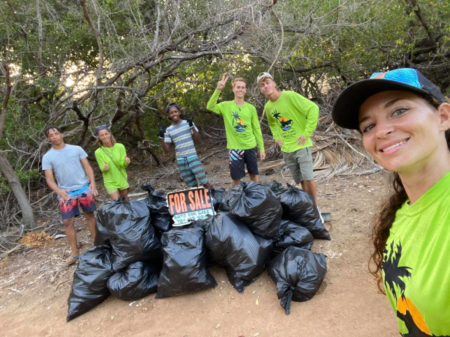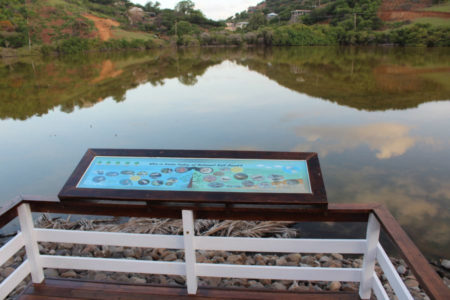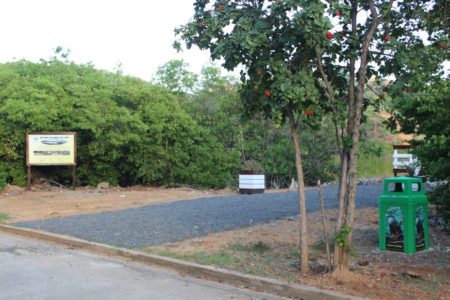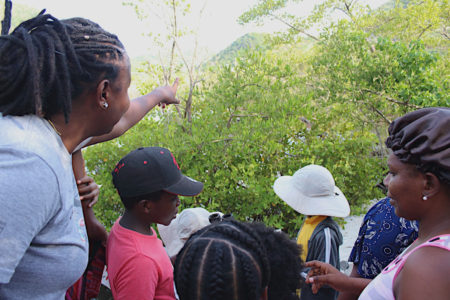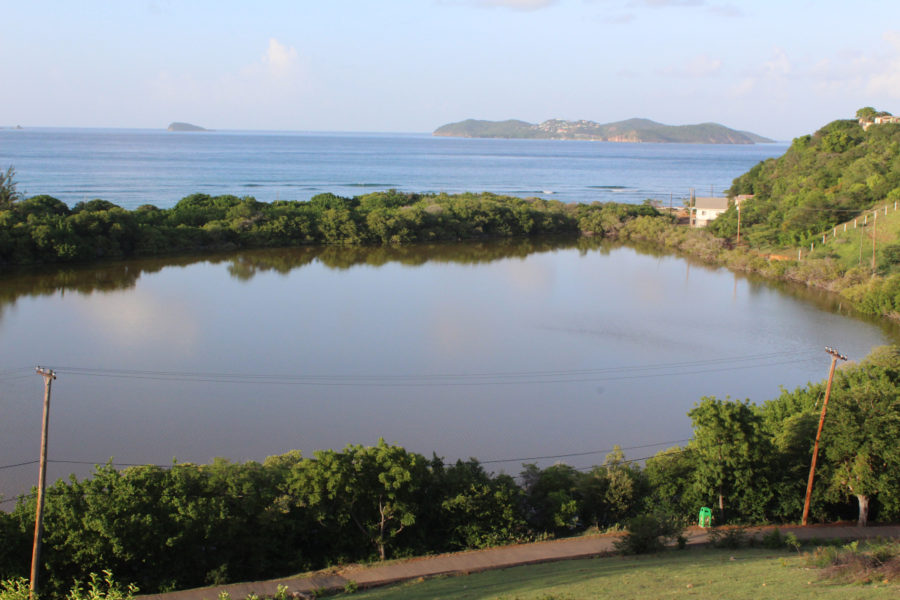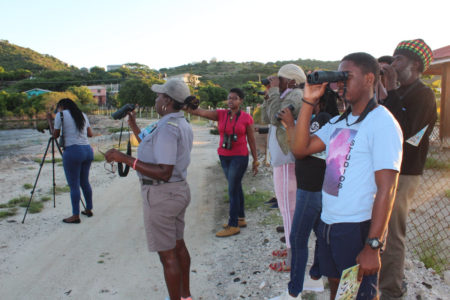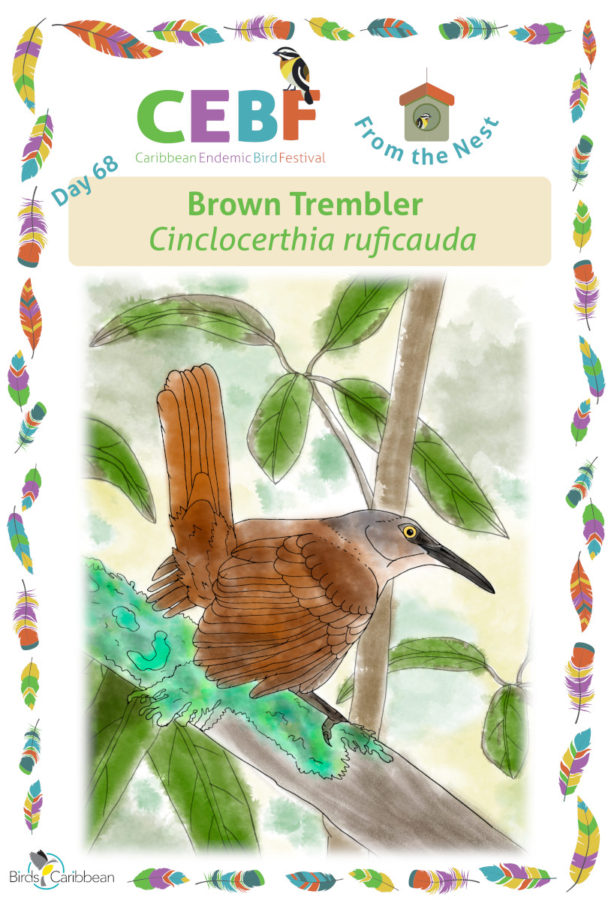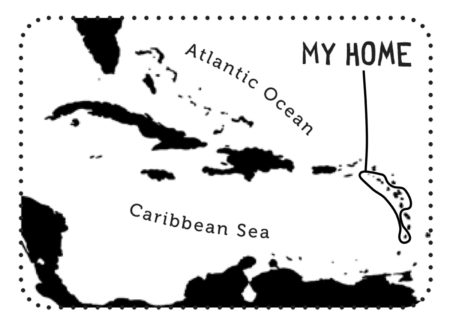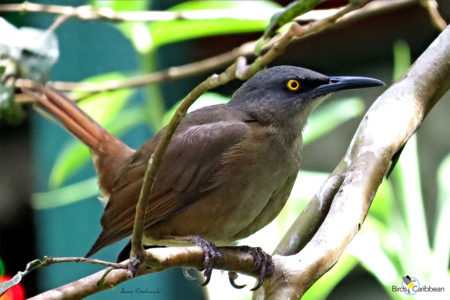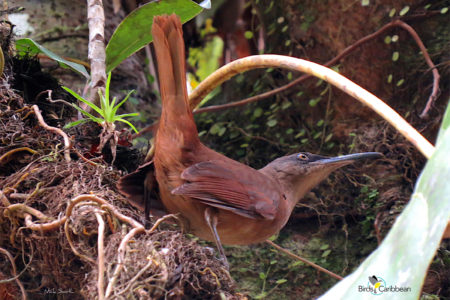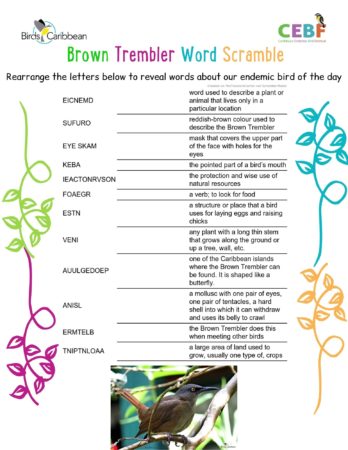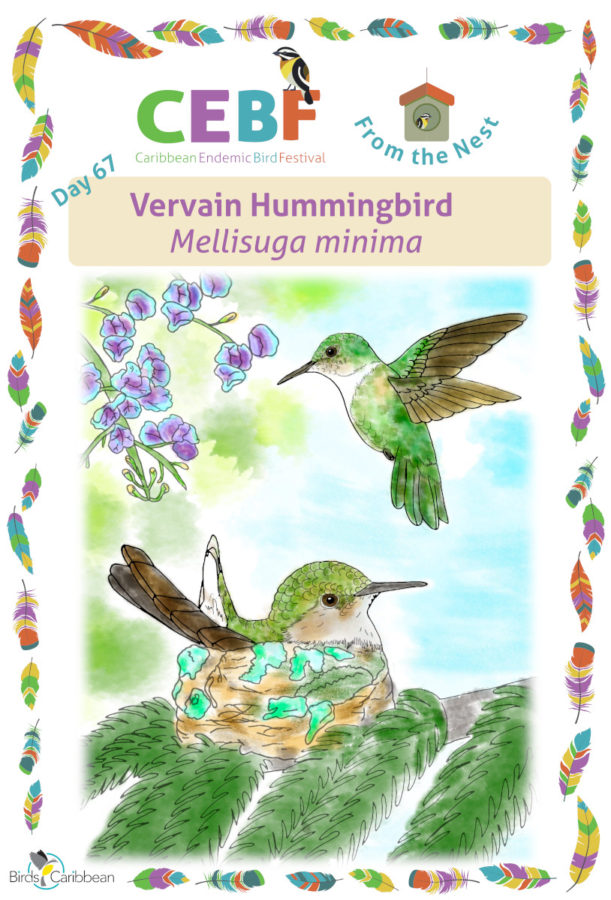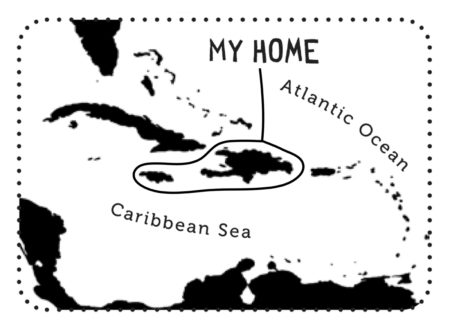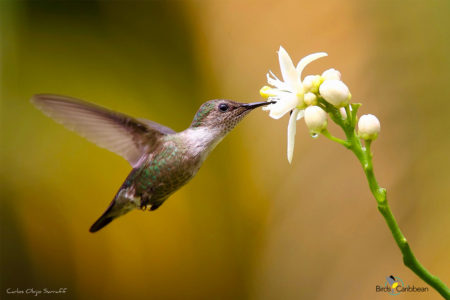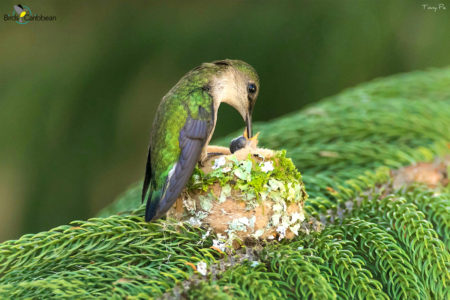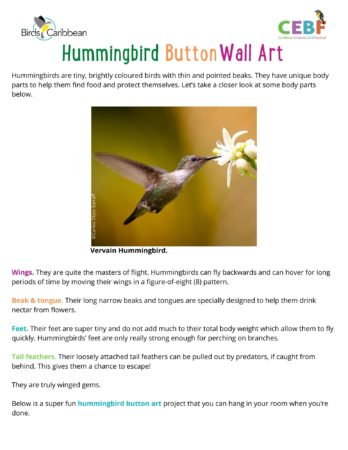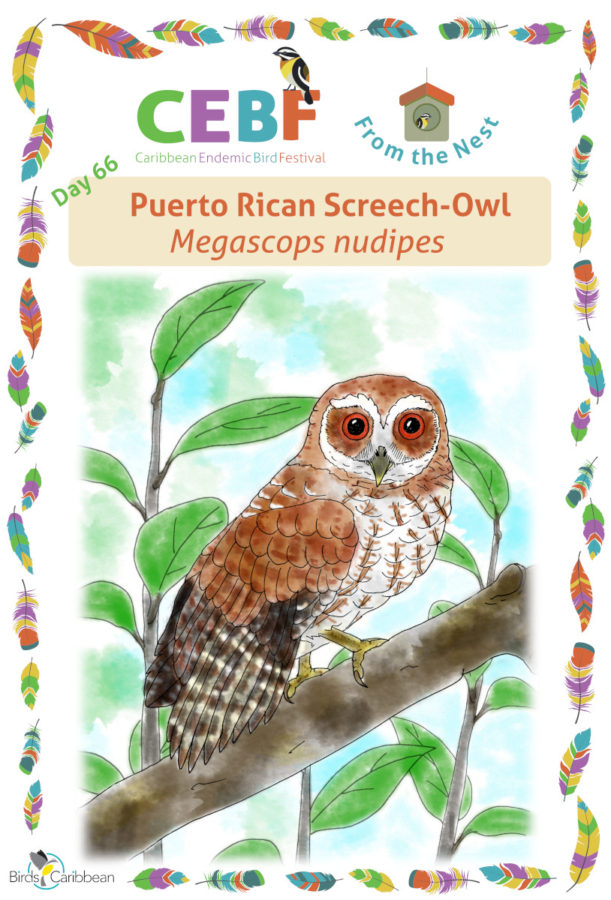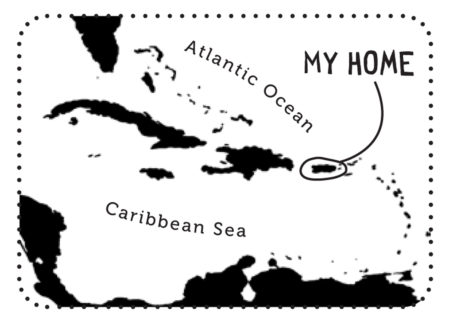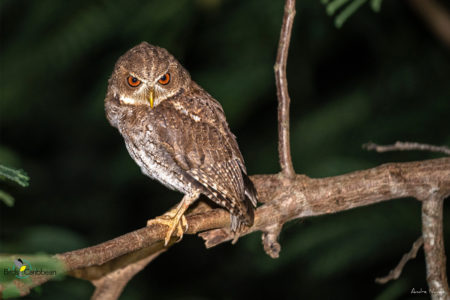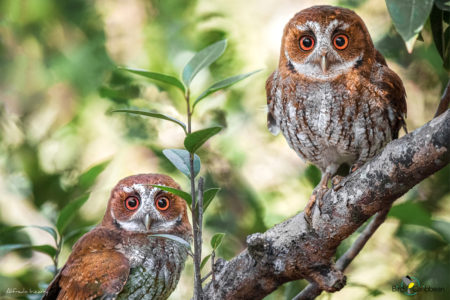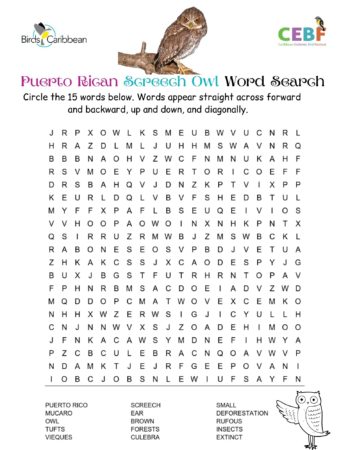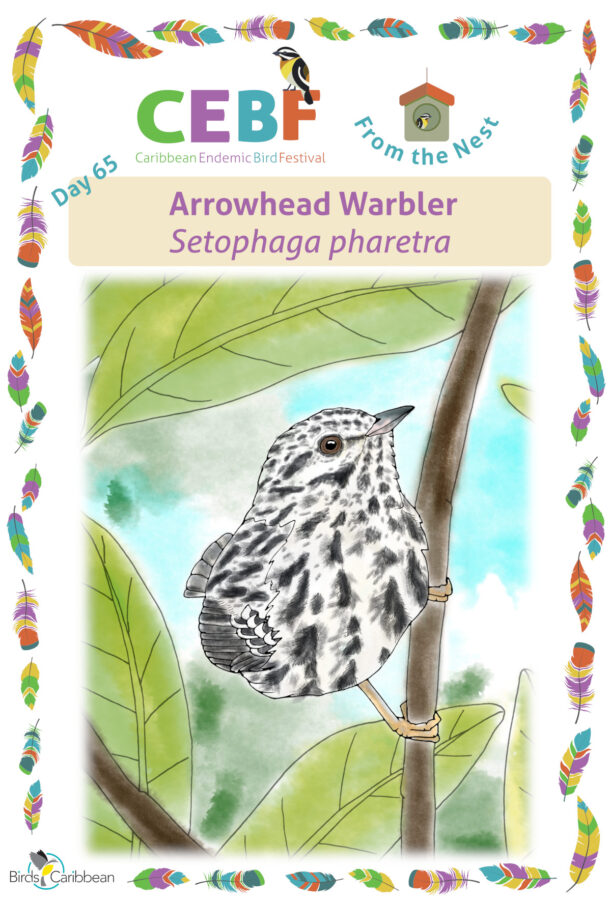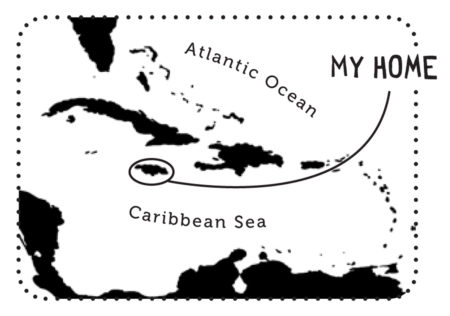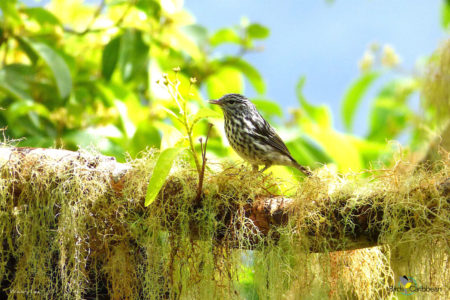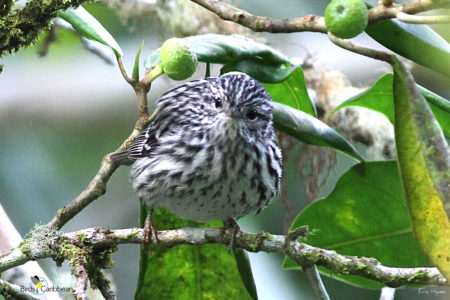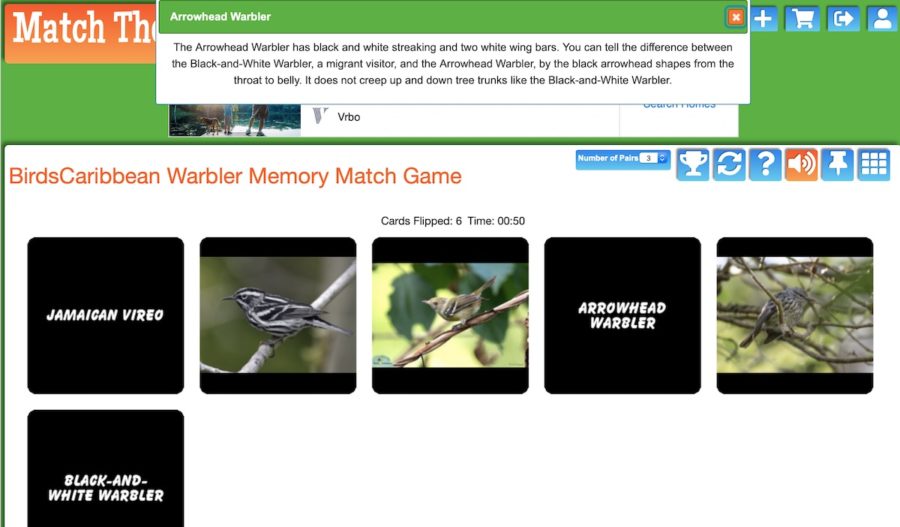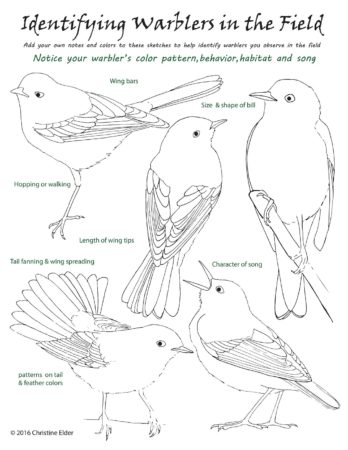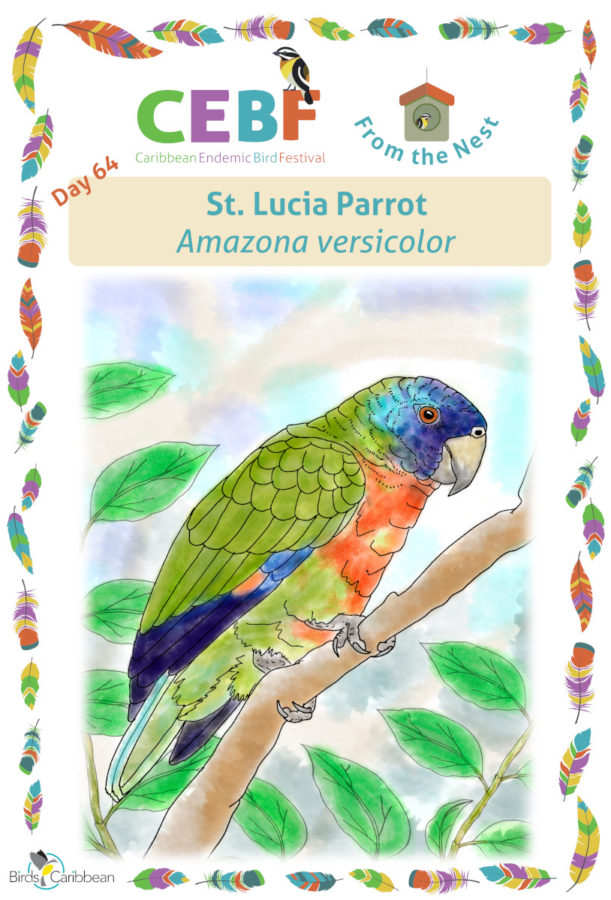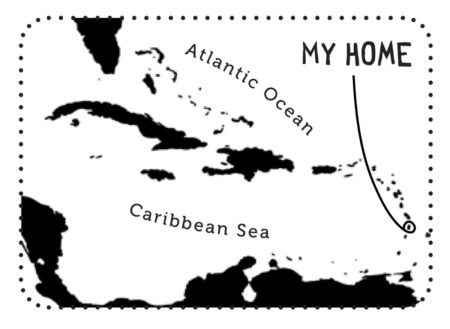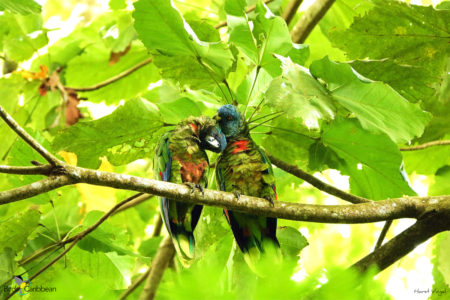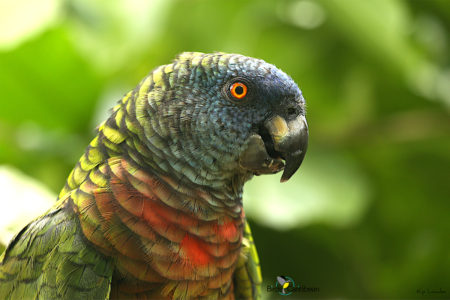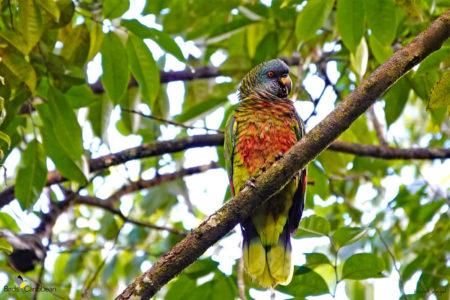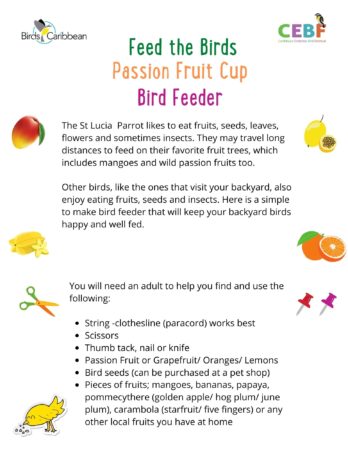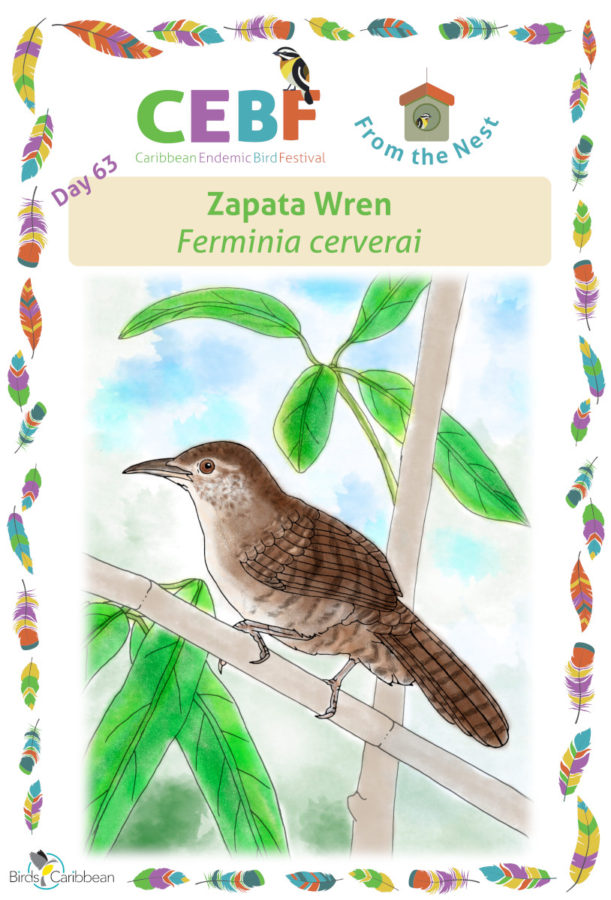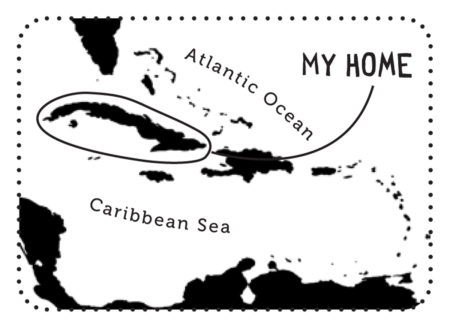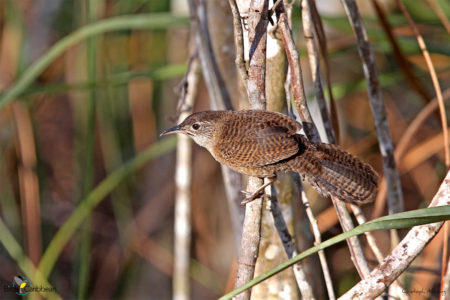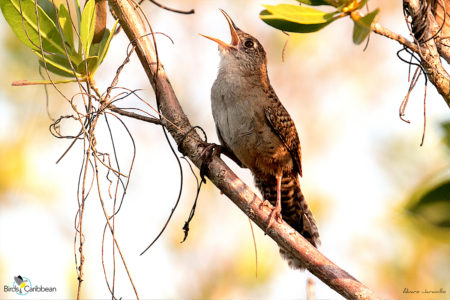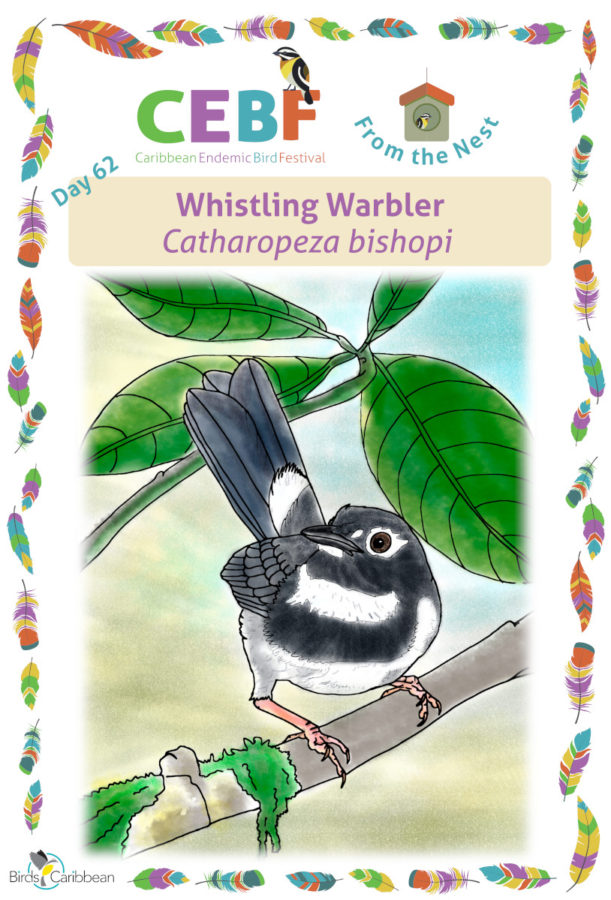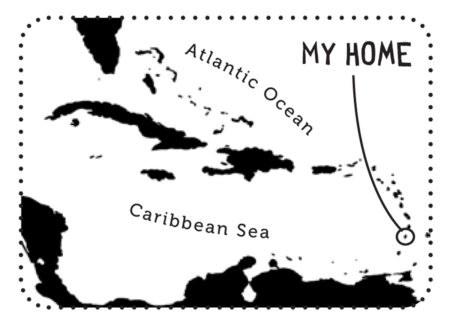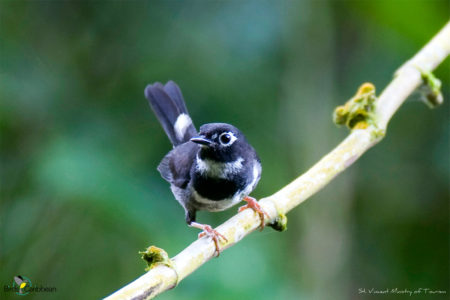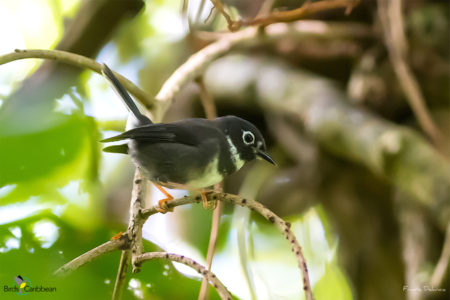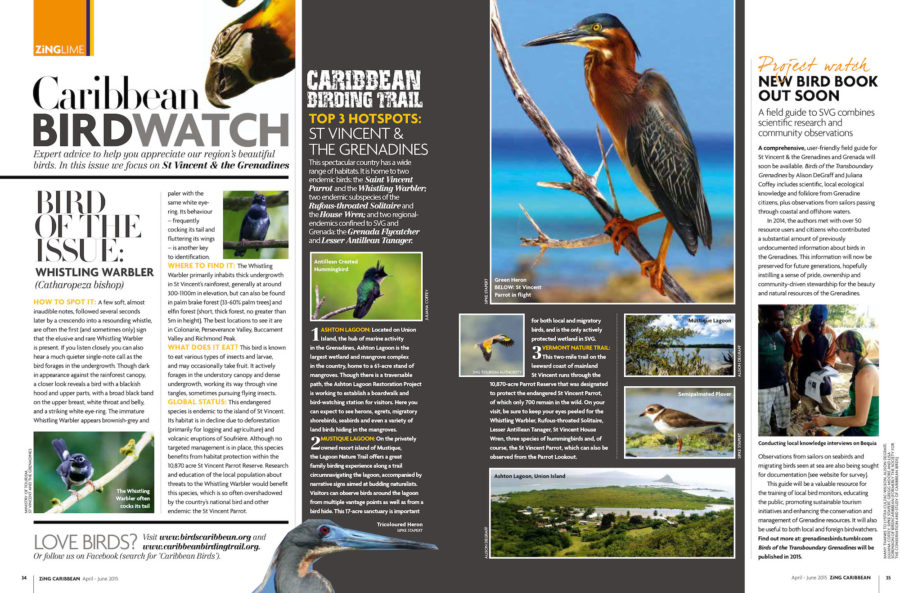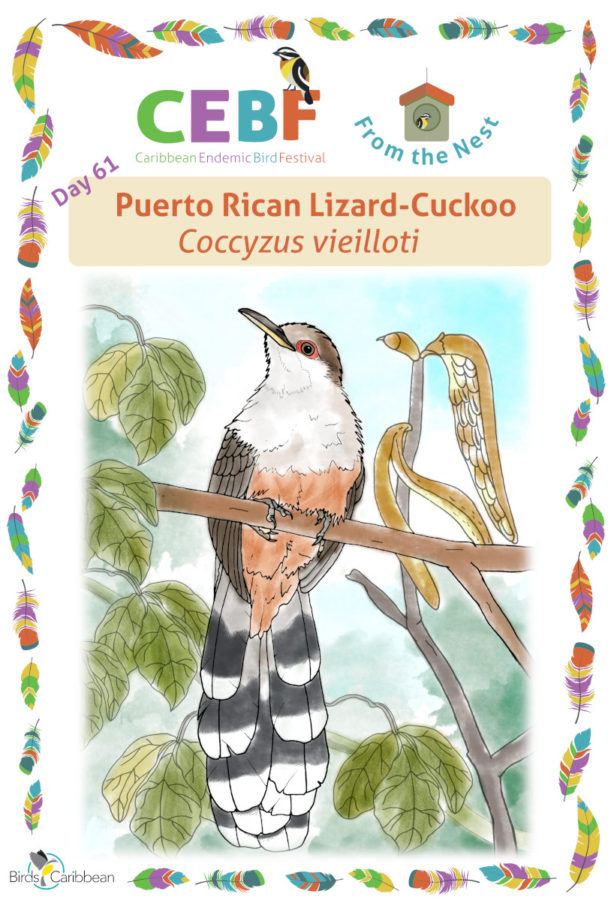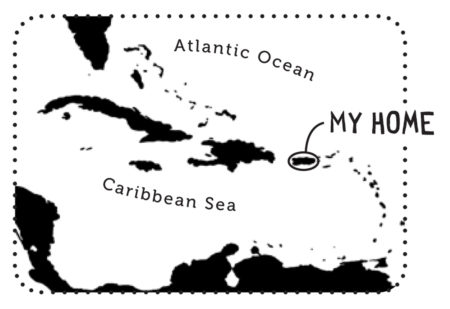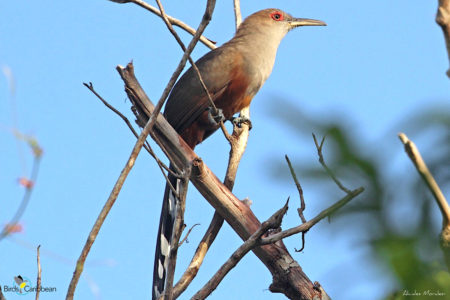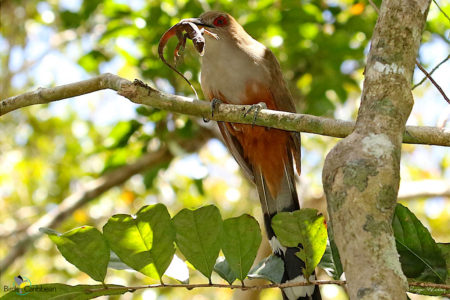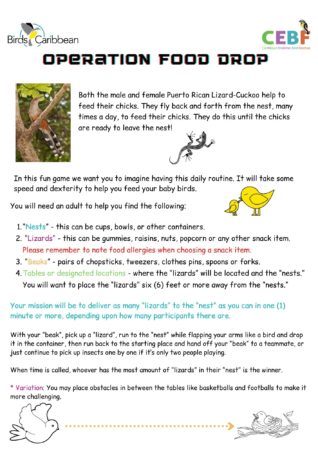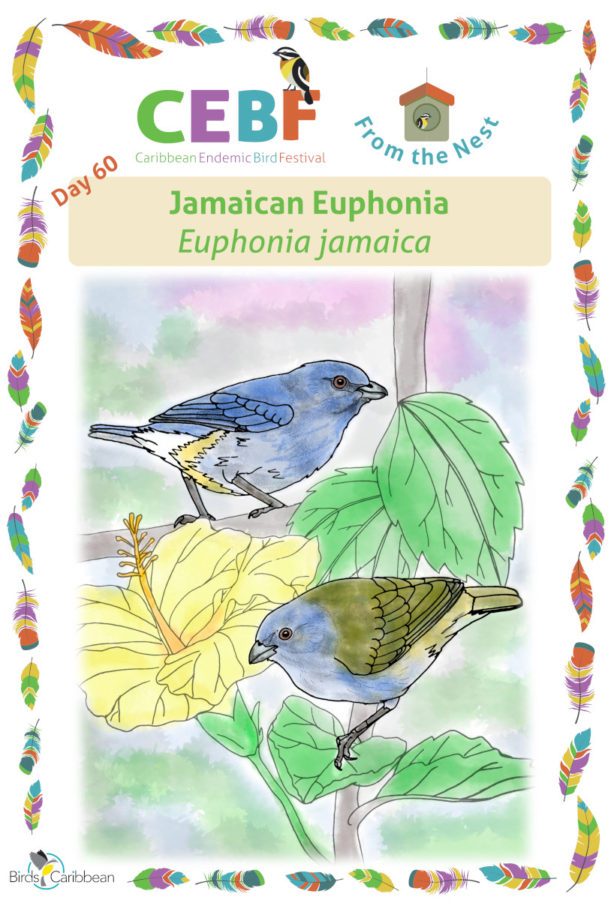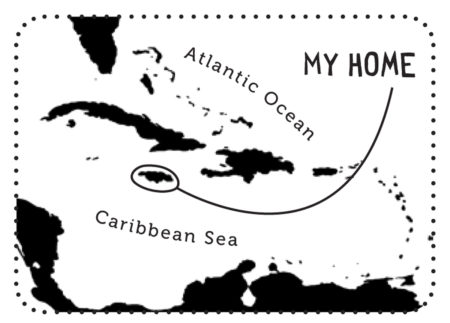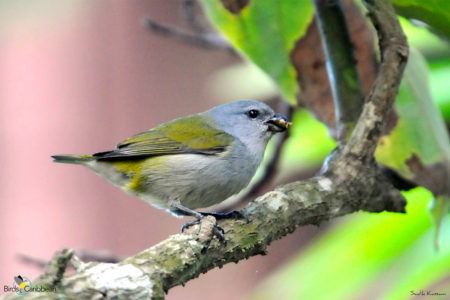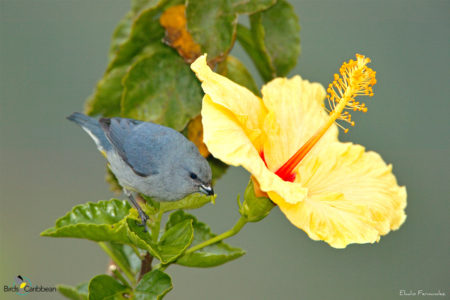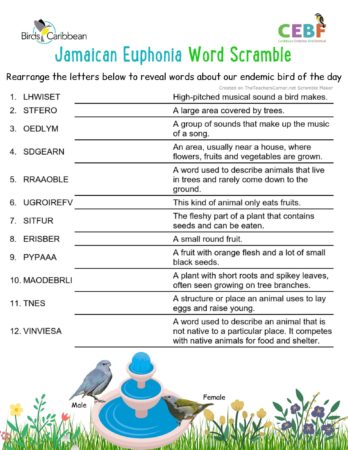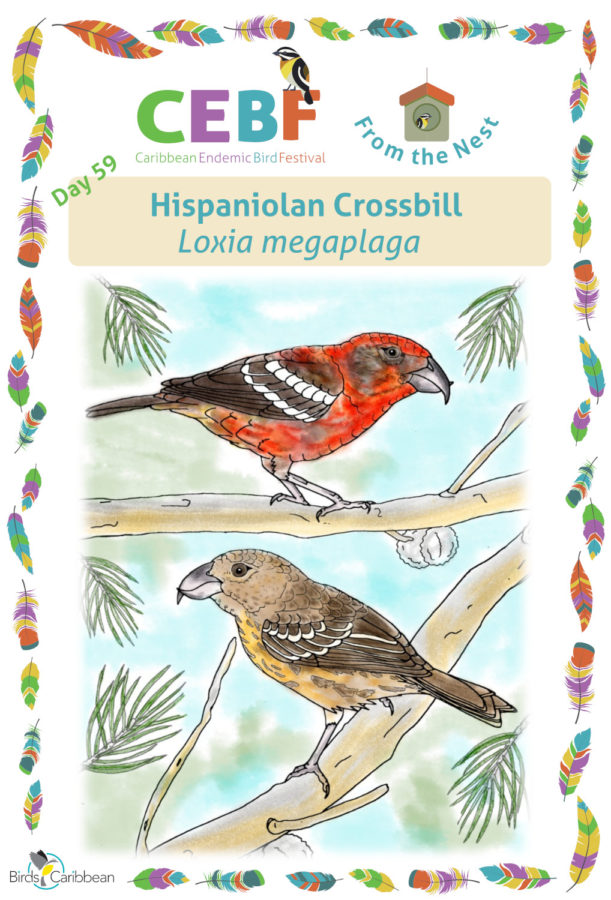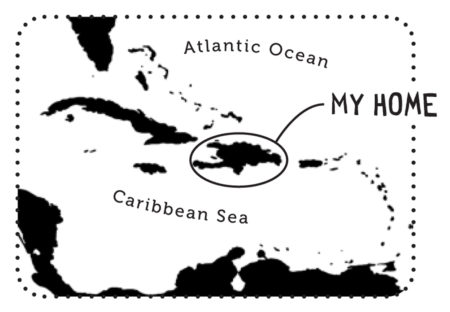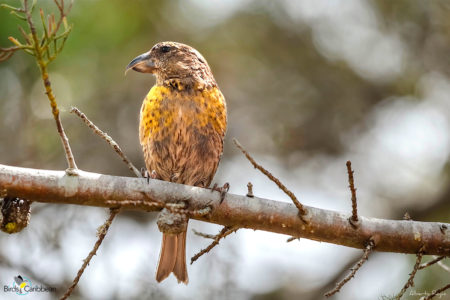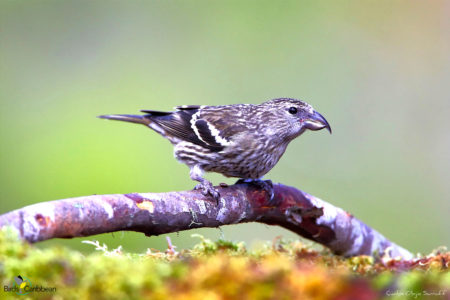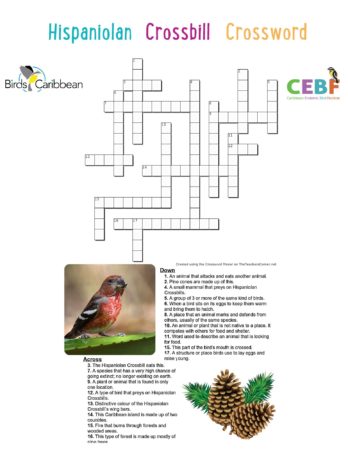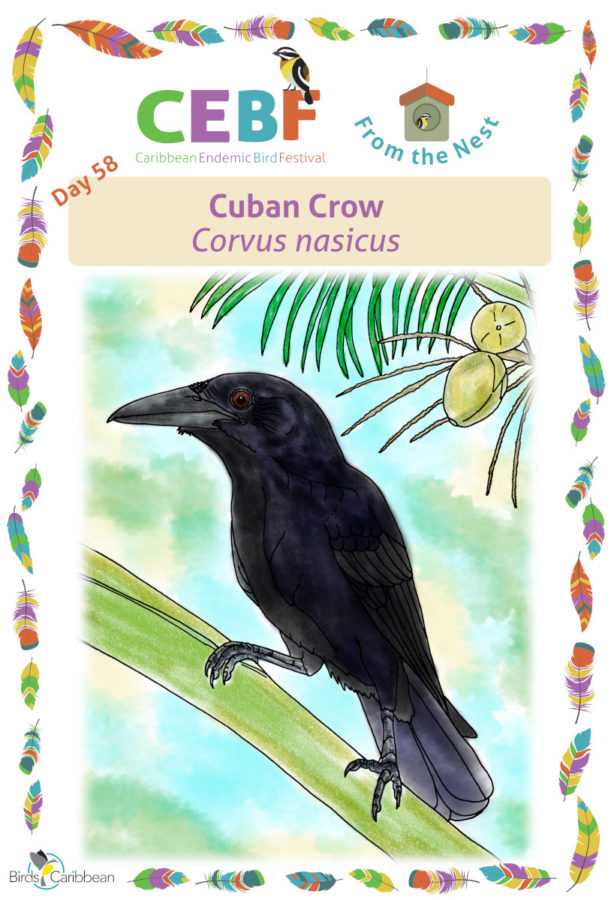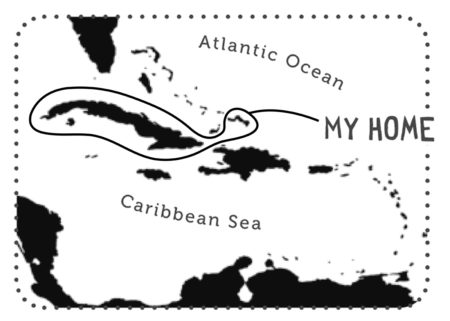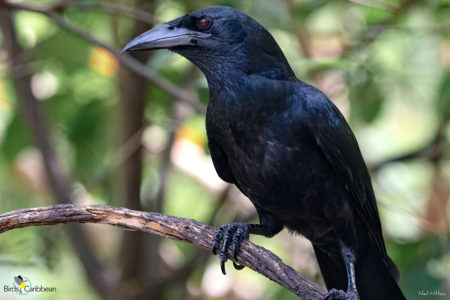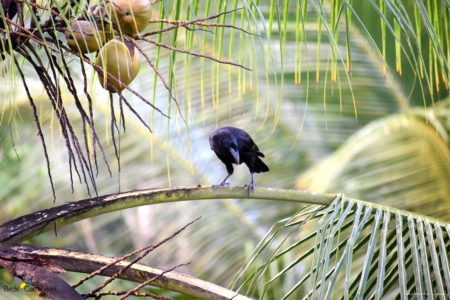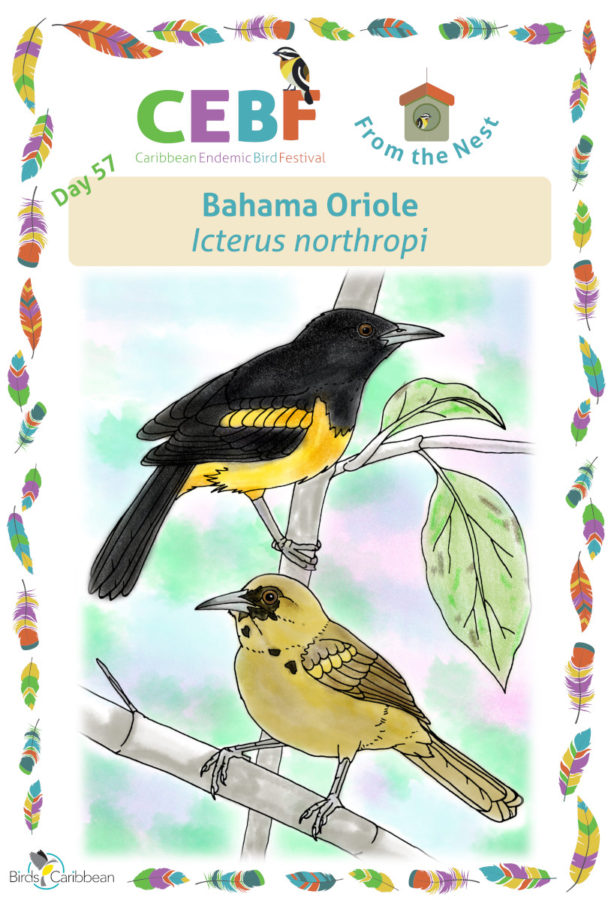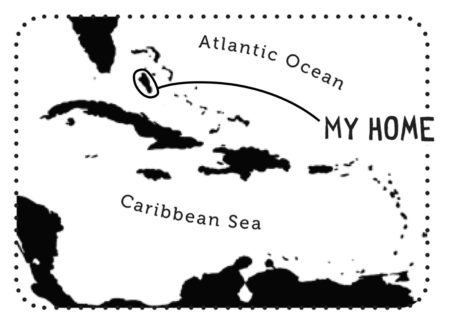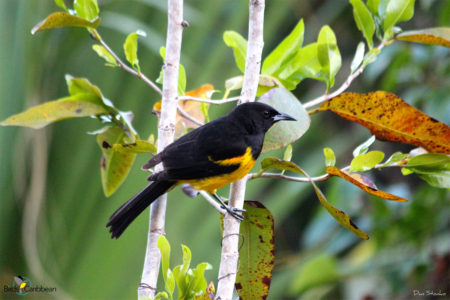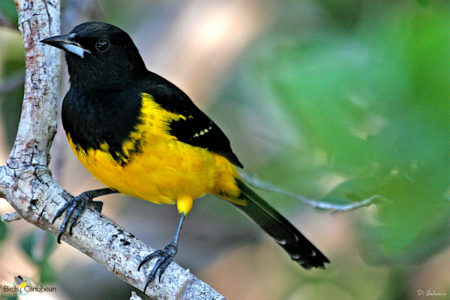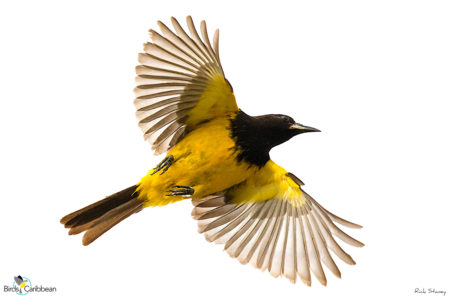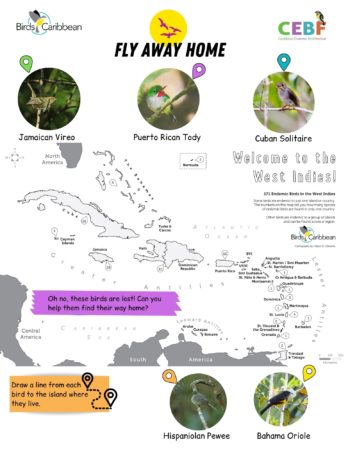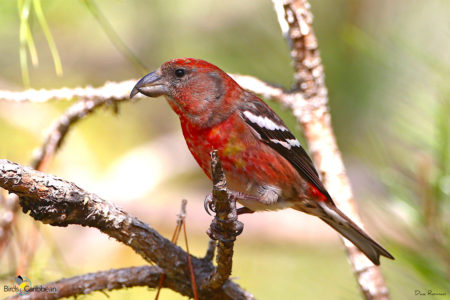
Over 45 days, the Caribbean Endemic Bird Festival (CEBF) 2021 explored the theme of Sing, Fly, Soar – Like A Bird! The festival celebrates the birds found only in the region, highlights the threats to their survival and demonstrates how we can protect them for generations to come. We extend a massive “thank you” to our donors, supporters, and partners for helping us put on another successful Caribbean Endemic Bird Festival!
With many of the 171 endemic birds living only on a single island and being elusive, the events celebrating these one-of-a-kind birds are also unique. In spite of COVID-19 restrictions continuing across parts of the region, our partners and supporters found different ways to carry on with the festivities on their respective islands.
“Birding Bundles” on your doorstep, and learning with a past president!
We recognize and applaud the CEBF organizers on each island, who adapted their events to make them educational, safe, and enjoyable for children and adults. The Environmental Awareness Group on Antigua supplied their participants with ‘The Birding Bundle’– a kit with all the essentials for birdwatching in their backyards. The Natural History Museum of Jamaica created videos of the island’s endemic birds and hosted a bird-themed ‘An Afternoon With a Scientist’ session for students with past BirdsCaribbean president Dr. Leo Douglas. In Venezuela, Ave Zona hosted an art contest focused on birds of the Venezuelan Caribbean (view the gallery here).
Hover over each image to see the caption; click on each photo to see it larger and to view images as a gallery
Students in Cuba kept busy with birds
The CEBF event organizers in Cuba held workshops at schools to teach students about Cuba’s endemic birds through art and poetry competitions, games, and bird identification activities. Similar to The Birding Bundle, games and infographics were also delivered to homes for parents and children to learn about Cuban birds. Some participants also gathered for a beach clean-up titled “Cleaning for the Birds.” They expanded their outreach through the use of traditional media, specifically radio, to introduce the book “Endemic Birds of Cuba” and the annotated checklist of Cuban birds. Online activity was non-stop as well. Each day an infographic of a selected Cuban bird was shared and discussions with local researchers were held using the Telegram app.
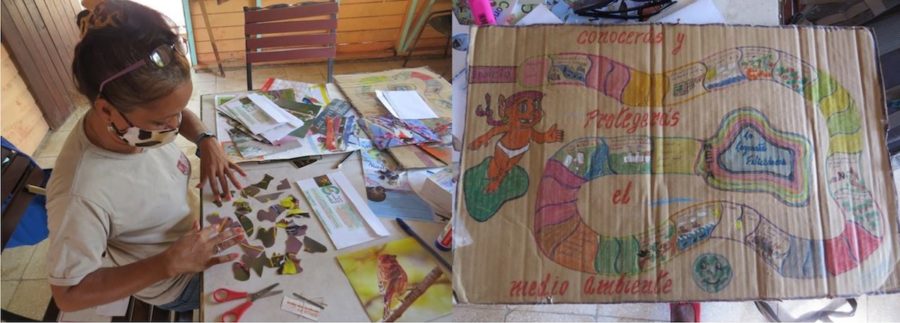
Some even burst into song!
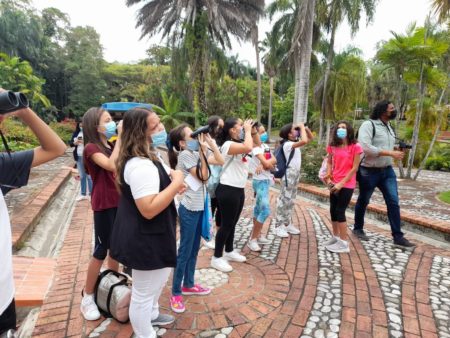
In the Dominican Republic, Grupo Jaragua asked members to record themselves singing like a bird, with sometimes hilarious results! The videos were then compiled and shared on Facebook. On the same island, Grupo Acción Ecológica started with a tree planting event. Afterwards, they took small groups of participants on short birdwatching trips to both urban and forested areas, and followed up with conversations on bird biology and habitat protection.
Endemic birds went virtual…
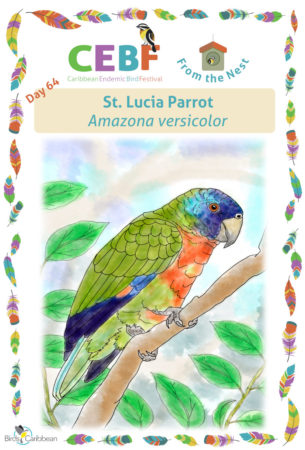
Because many islands were still restricted in terms of gatherings and movements, the CEBF team at BirdsCaribbean worked with well-known birders, researchers, photographers, writers, and artists from the region to present a diverse virtual festival program.
Each day we featured an endemic bird on our website and across the BirdsCaribbean socials. The list of endemic birds was carefully curated to include popular species like the St Lucia Parrot and Green-throated Carib, those with amazing bill adaptations like the Hispaniolan Crossbill and Lesser Antillean Flycatcher, revered species like the Gundlach’s Hawk, and clever birds like the Cuban Crow. You can find the complete list of birds here.
Each endemic bird profile was accompanied by a beautifully drawn image by Josmar Marquez of Ave Zona, stunning high quality photos and videos, online puzzles tailored for different levels (between six and 1,024 pieces), and bird calls. Fun and engaging activities were also provided for both kids and adults, including trivia quizzes (How Well Do You Know Caribbean Birds Pt. 1 and Pt. 2); outdoor games for the entire family; scavenger hunts, bug hunt and Operation Food Drop; crafts (Hummingbird Button Art and Jamaica Rainforest Collage); and cryptograms.
…and weekly webinars were a hit
The CEBF 2021 also boasted a fascinating series of weekly webinars on a range of topics with presenters from The Bahamas National Trust, Rainforest Connection, The Puerto Rican Parrot Recovery Project, the University of the West Indies, Science and Perspective, and the University of Maryland. Every Thursday promptly at 4pm, BirdsCaribbean donors, members, and supporters from around the globe listened as our guest presenters shared enlightening information on birds, including recent advances in bird acoustic monitoring technology and its applications to bird conservation; the importance of community engagement in conservation; and how a Critically Endangered raptor in the Dominican Republic transformed the lives of the local team.
Scroll through to see some of the CEFB 2021 webinar topics
Ann Maddock offered a photographic narrative, encompassing behaviors and molting sequences of hummingbirds with a focus on species in the Bahamas, and explaining how to turn your yard into a hummingbird haven, using plant species that are easy to source and care for. The most anticipated was a webinar on bird flight – still the most admired “superpower” of birds. World-renowned author David Sibley used illustrations and information from his latest book “What It’s Like to be a Bird” to explain how nearly every aspect of a bird’s anatomy, physiology, and behavior has been shaped in some way by the requirements of flight. If you missed any of the webinars or just want to re-watch, be sure to head on over to our Youtube channel or check out our Facebook Page.
Zines, videos, social media…Oh my!
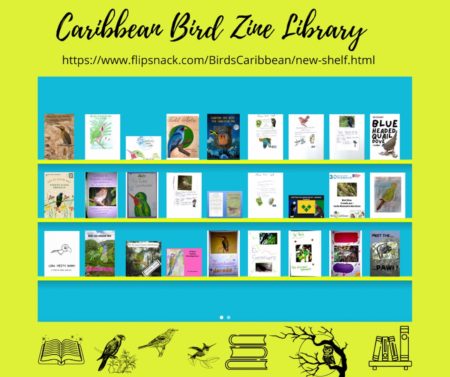
This year we introduced a new activity, a Bird Zine Contest. We received zines from children, teenagers, artists, educators, tour guides, photographers, bloggers and biological illustrators from the Caribbean. The winning zines and all others are now stored in the virtual Caribbean Bird Zine Library. It is the first zine library in the region! We invite you to visit our Caribbean Bird Zine Library to explore and enjoy the amazing bird zines we received. We would love to see this collection of bird zines grow! Please contact info@birdscaribbean.org and Aliya.Hosein@birdscaribbean.org if you would like to contribute a zine – or two – to our library.
We also invited everyone to answer the question “’What does Sing, Fly, Soar – Like a Bird!’ mean to you?” We are still in the process of reviewing and editing the lovely video submissions, but we assure you they are truly inspirational, reflecting the diversity of language and culture in the region. These videos will be shared across our social media platforms. Stay tuned!
We may ask for your help…
This year’s CEBF is over – but don’t worry. We still have plenty of bird content for you to enjoy! Make sure you are following us on Facebook, Instagram, Twitter, and LinkedIn, and have joined the BirdsCaribbean mailing list, to ensure you are kept up to date with our latest news via our monthly newsletter.
The Caribbean Endemic Bird Festival will return next April 2022 – but we need help coming up with a theme. We would love to hear your ideas for next year’s theme, which should allow us to highlight a critical problem that affects birds throughout the region. Please email your theme and a brief explanation (1-3 sentences) of why it should be the 2022 CEBF theme to CEBF@birdscaribbean.org, info@birdscaribbean.org and Aliya.Hosein@birdscaribbean.org
Thank you to all of our partners and friends across the region for participating so enthusiastically and making this another memorable CEBF. Enjoy the gallery below!
Hover over each image to see the caption; click on each photo to see it larger and to view images as a gallery

